Defending Ironman world champs Frodeno, Ryf talk training, mental health, meals

Last year’s Ironman world champions, Germany’s Jan Frodeno and Switzerland’s Daniela Ryf, are returning to action to defend their titles in Kona this year. Before they set out on Saturday to face the course—a 2.4-mile open-water swim, a 112-mile bicycle ride and a 26.2-mile run through the Hawaii heat—both athletes took time out of their preparation to discuss what it takes to be at the pinnacle of their craft. Frodeno and Ryf have different approaches, but each remains humbly focused on the challenge ahead.
Jan Frodeno
Age: 35
Height: 6'3"
Weight: 170lbs
Daniela Ryf
Age: 29
Height: 5'7"
Weight: 139lbs
Brian Dessart:Describe your average training regimen during the course of the year, in preparation for the Ironman World Championships.
Jan Frodeno: I have a daily routine of generally training all three disciplines, plus a physio session. That adds up to about 25 kilometers of swimming, 600-700 kilometers of biking and around 100 kilometers of running, give or take, depending on where the focus is during that time—endurance, intensity or rarely even a focused block on one discipline if we feel the need to improve in one area.
Daniela Ryf: Ironman training is a lot about consistency—normally three sessions per day. This could be a five-kilometer swim in the morning, three-hour ride and an easy run. Often we do double sessions like biking in the morning and afternoon, and swim in-between. Ironman is an endurance sport [and] the sessions need to be quality, so we do lots of repetitions of efforts. The last few weeks coming into Kona it’s important to get acclimated to the heat and humidity, as the race in Kona is tough and hot.
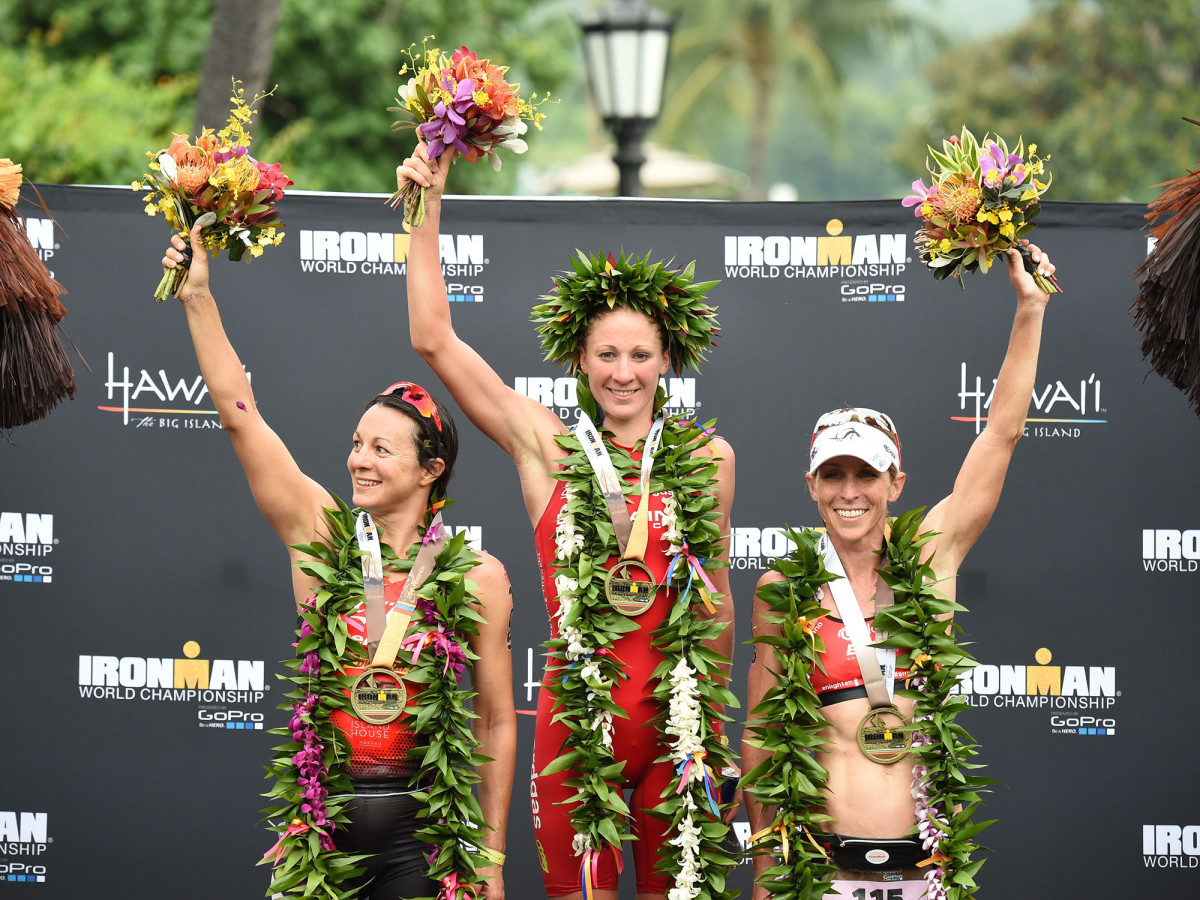
BD:Are there any types unique training techniques that you use?
JF: I don’t believe so. My everyday program is not even that impressive compared to some guys out there. But I do believe that the consistency with which I train is more than anyone I know of.
DR: We do lots of strength sessions. I don’t do any weight training, but we include it in the actual endurance training. For example, we do big paddle sets in the swim, and big gear and hill reps on the run.
BD:Do you make an effort to train at a certain percentage of your max heart rate, and is there a focus on oxygen uptake?
JF: My coach and I believe that heart rate training is not ideal because it’s quite delayed—if you do a short sprint up some stairs, it will take your heart rate about 30 seconds to react. Training to power on the bike is far more accurate….Of course, there is a focus on oxygen uptake and usage as threshold performance is a big decider in endurance sports.
DR: In Ironman you never go up to max heart rate, but we still train in this area, as it makes you fitter. That’s why I often do runs or rides, which end hard—pretty close to my max heart rate. I find that treadmill sessions for the run are good, as you can just turn up the speed and you have to stay on it, otherwise you fall off.
Athletes can now track hemoglobin and pulse rate levels without getting bloodwork
BD:When do you begin to taper your training before the IWC? What is your regimen in the weeks immediately before the race?
JF: I’ve gone from calling it a taper to a race prep. This is because I still train a fair bit even during race week (20-25 hours) and tapering has become associated with resting/sleeping, and hanging out at a coffee shop too much, which I can’t wait to do after race day. The key is to “keep the engine running” and doing that just enough to still rest and recover from the hard weeks prior. The training routine stays much the same but in a reduced version—shorter sessions, shorter intervals but same intensity.
DR: My taper begins six days before the race. So, the volume and intensity is still quite high until then. To finish off the block, I do a long run and slow long ride about four to five days [before] the race. After then, it’s all short to give the body a chance to recover, freshen up and fill up on energy.
Ironman World Championship: Sports Illustrated's 50 greatest photos
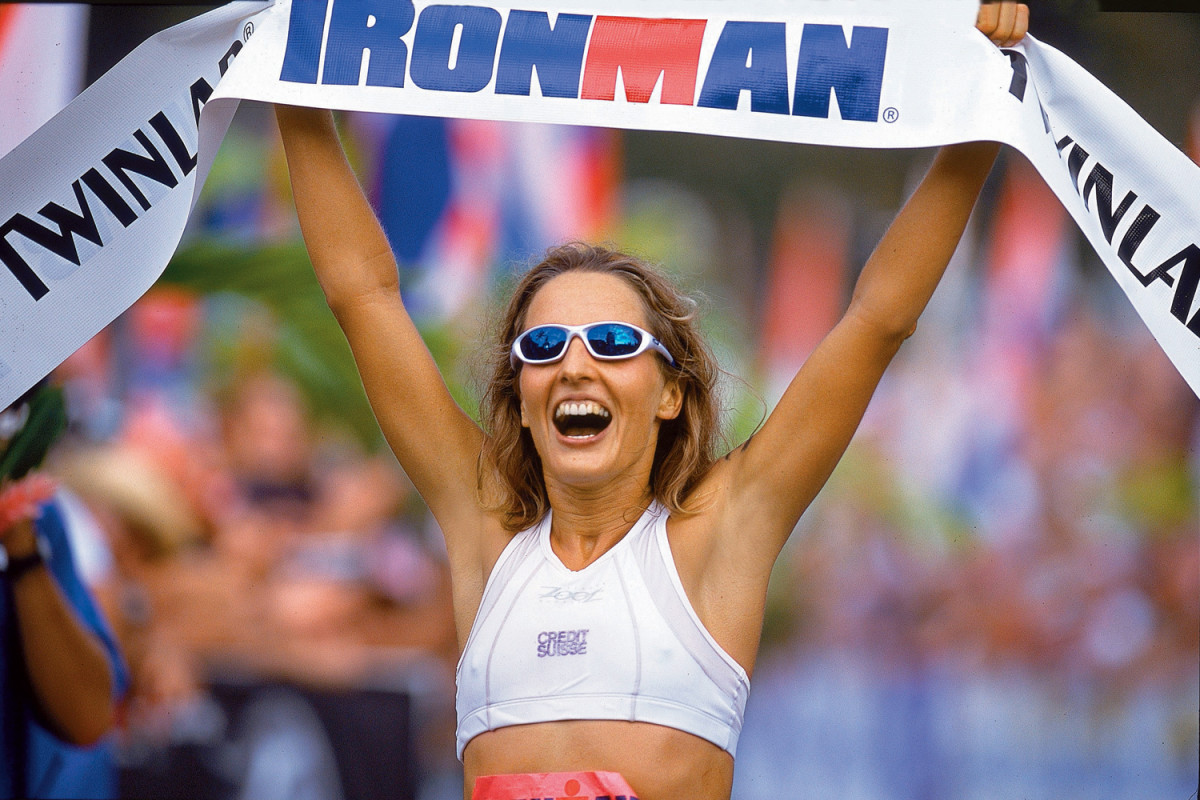
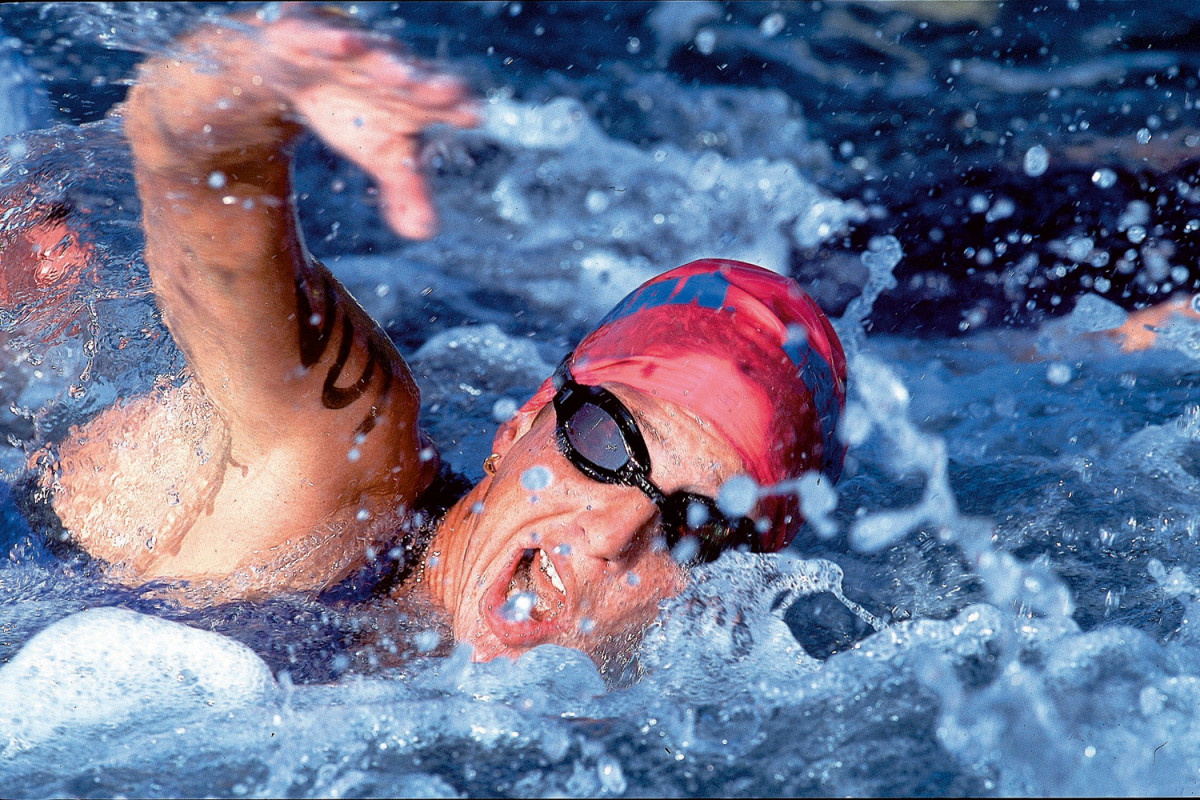
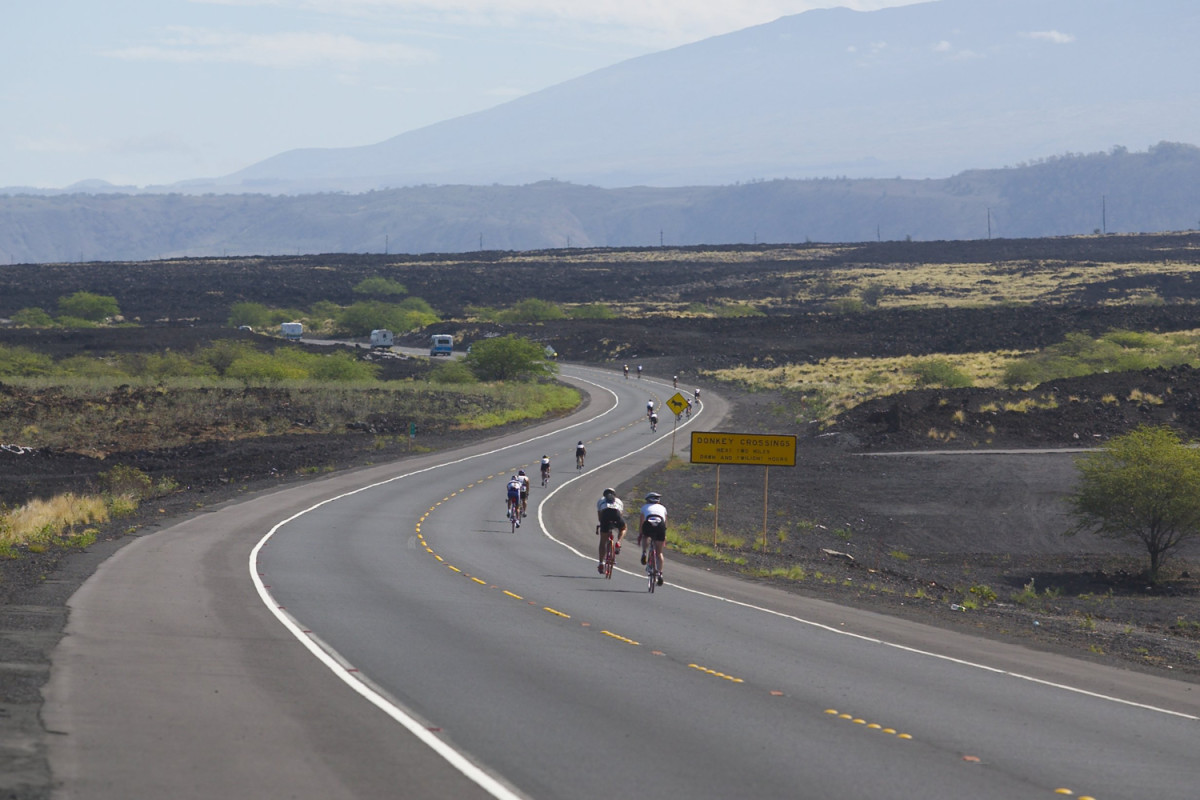
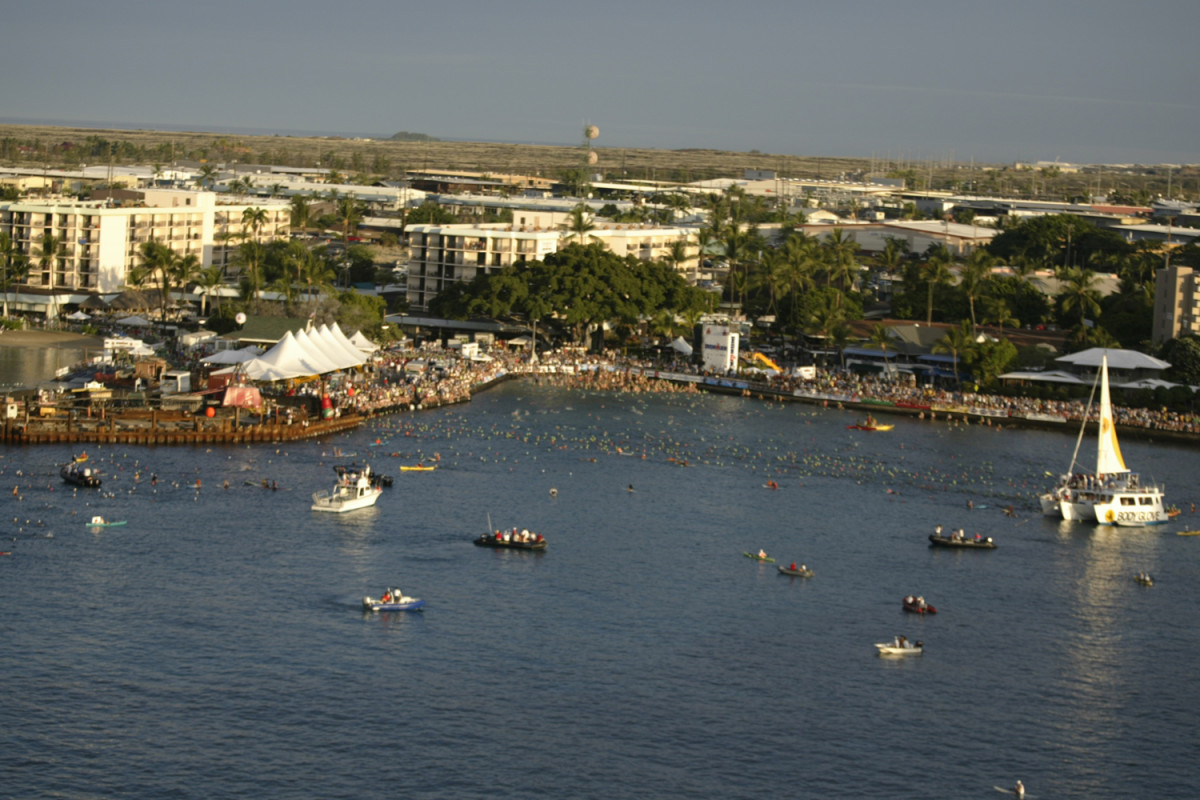
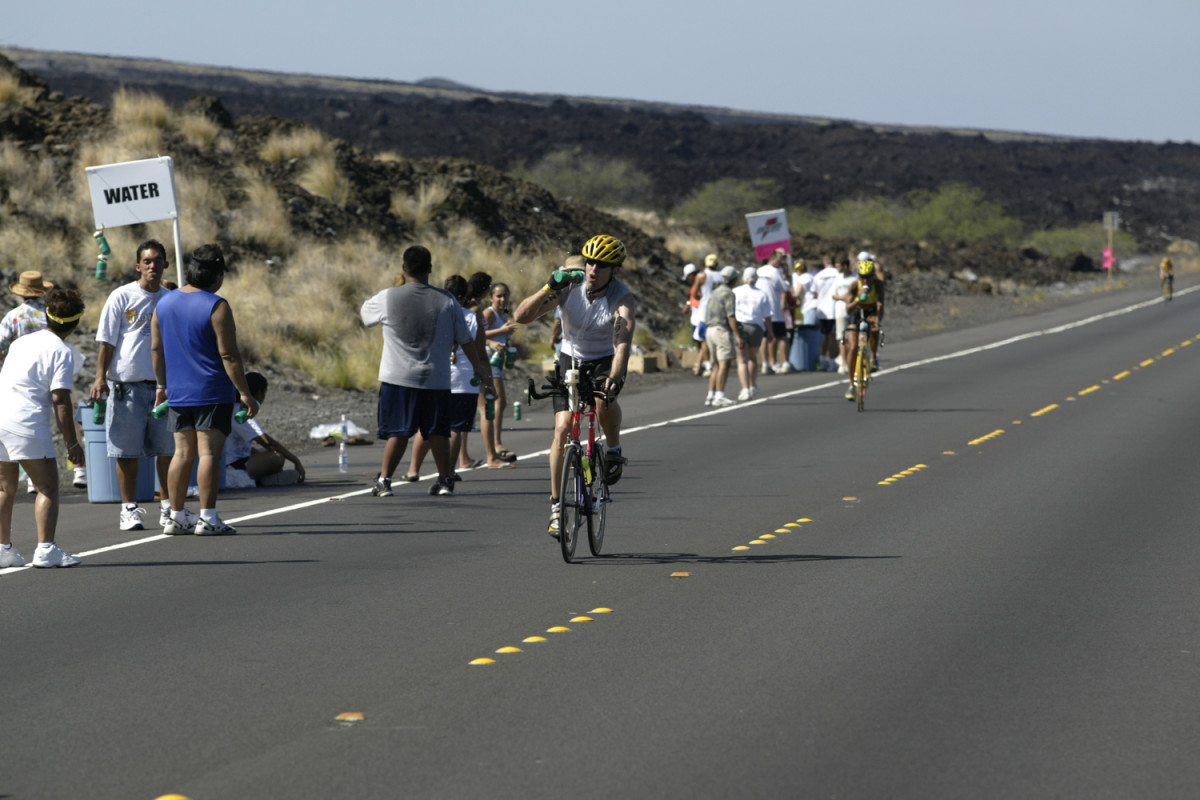
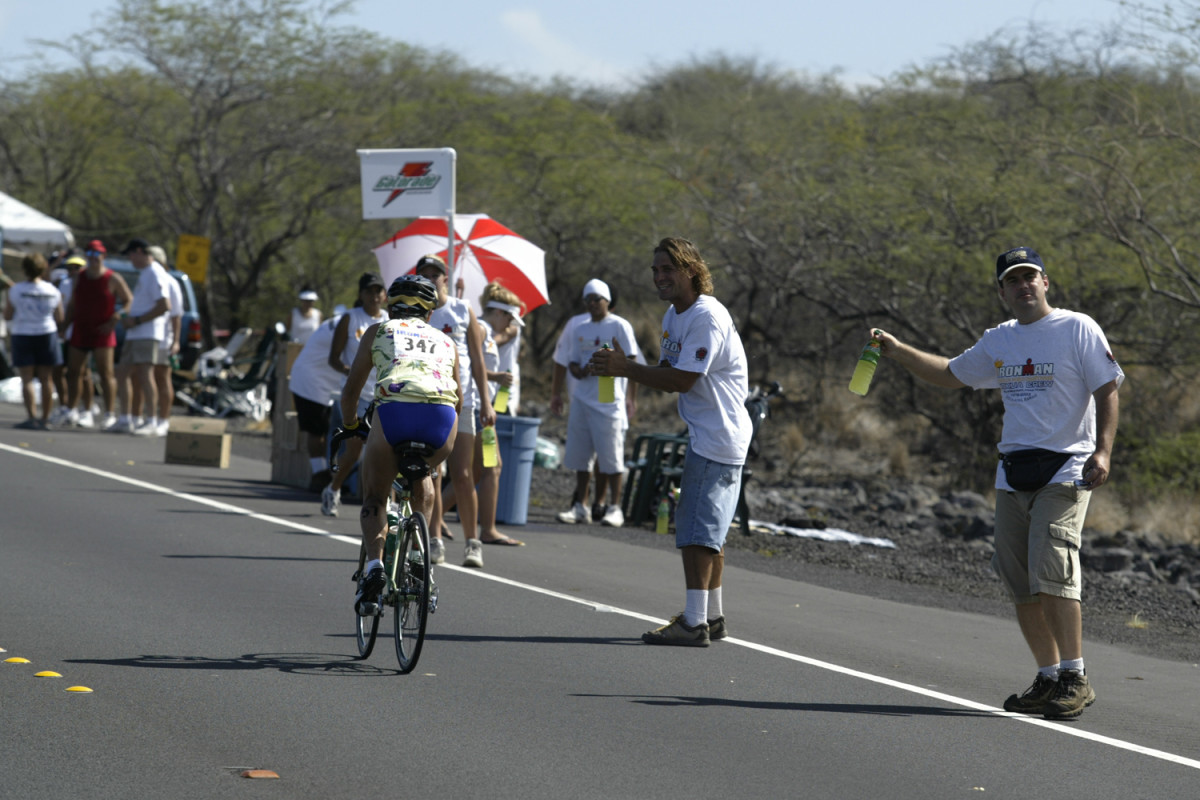
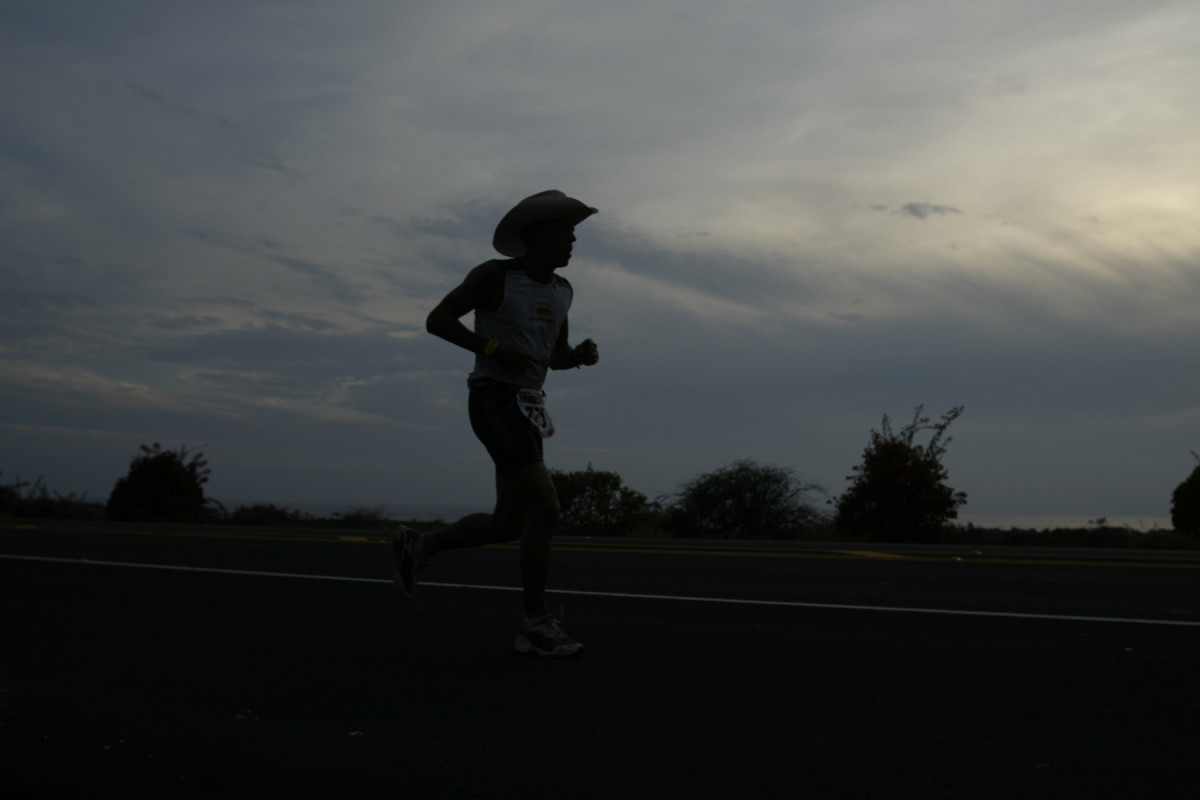
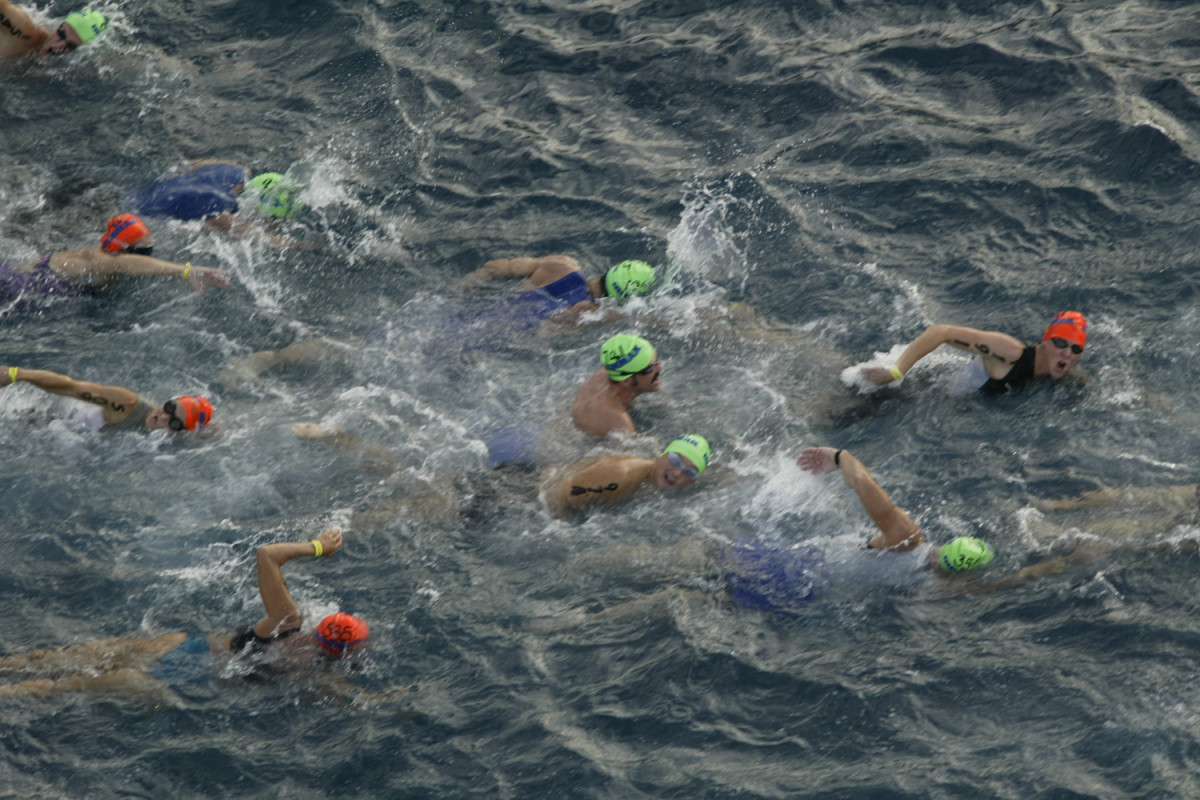
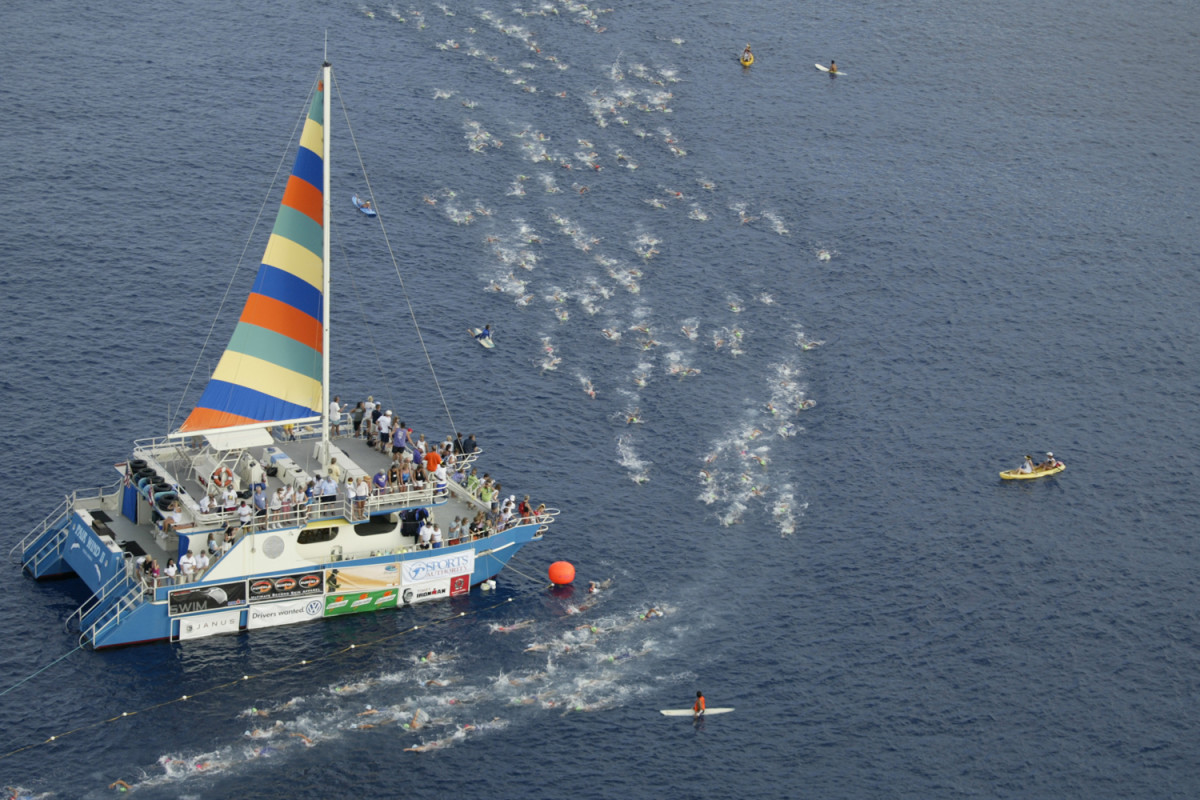
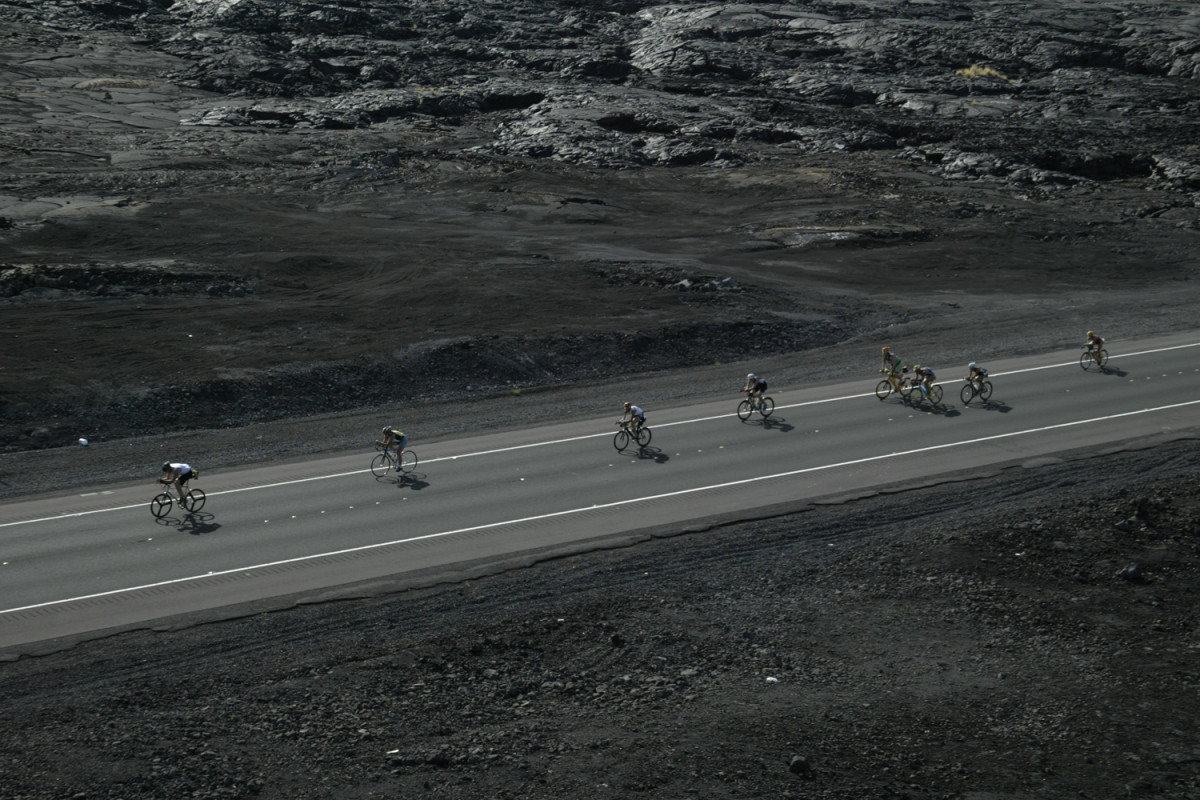
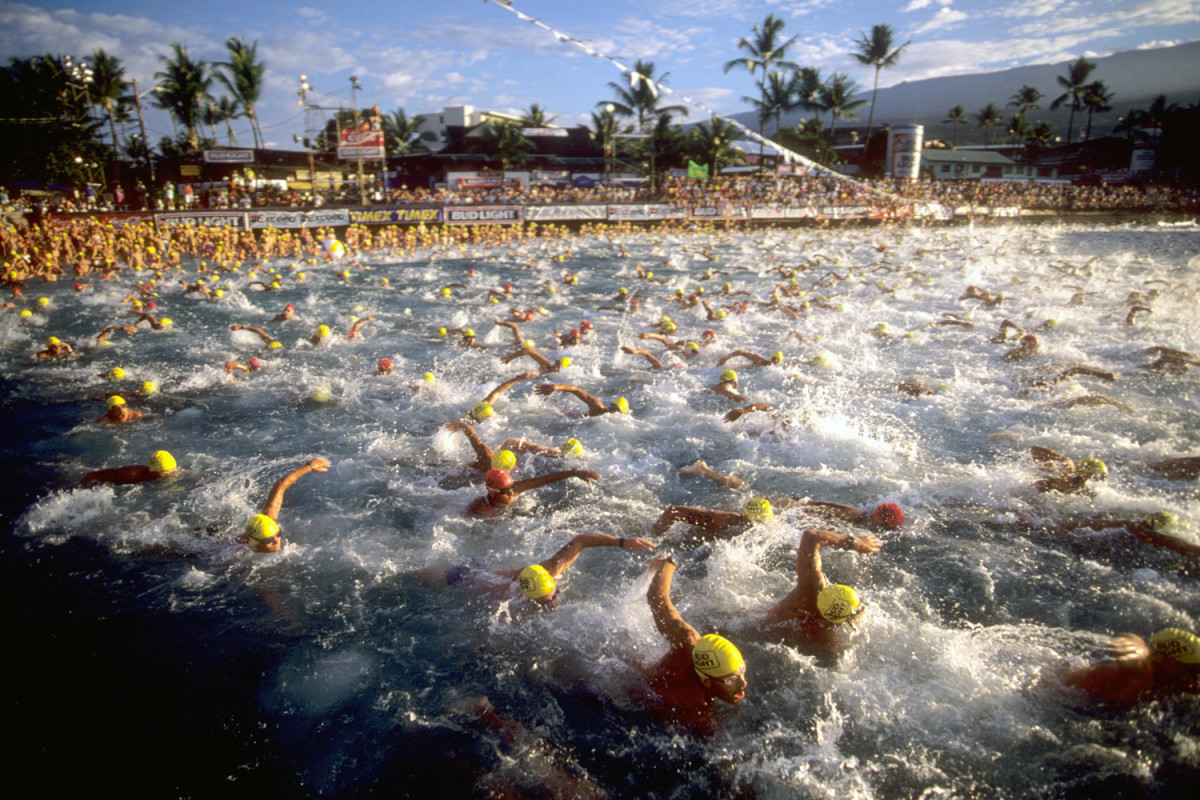
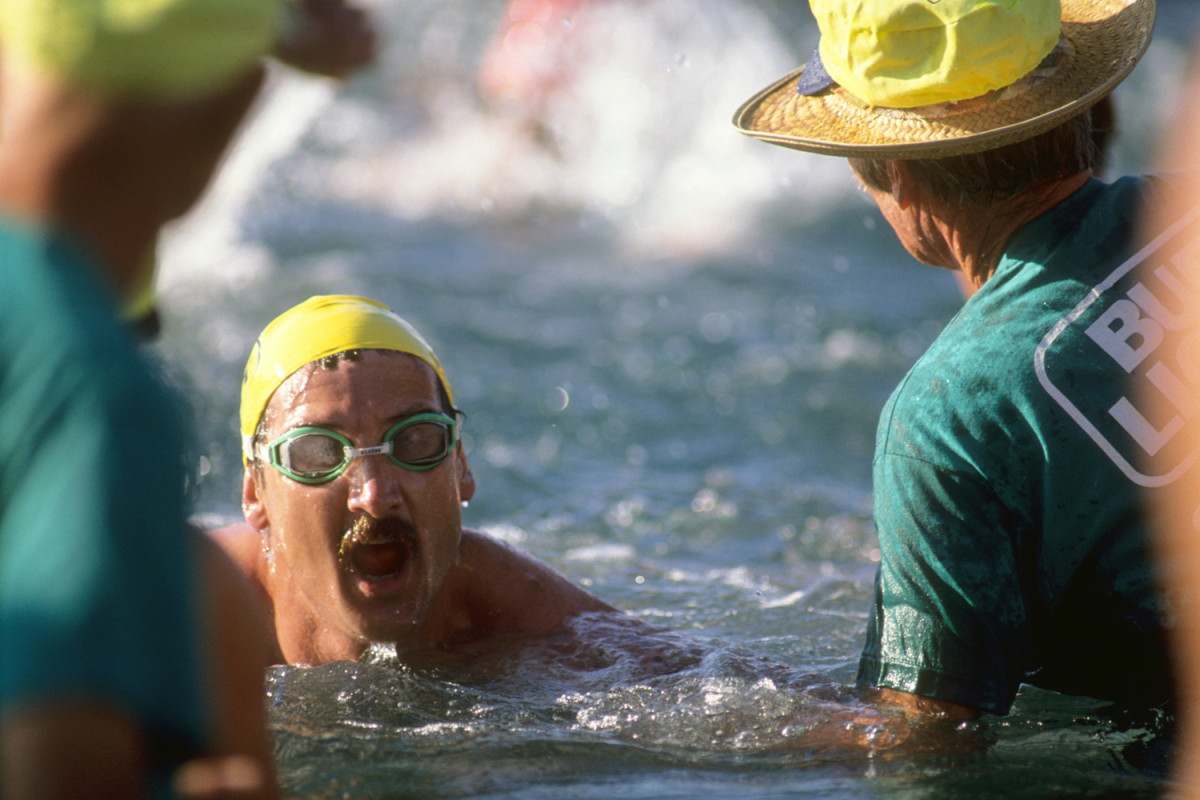
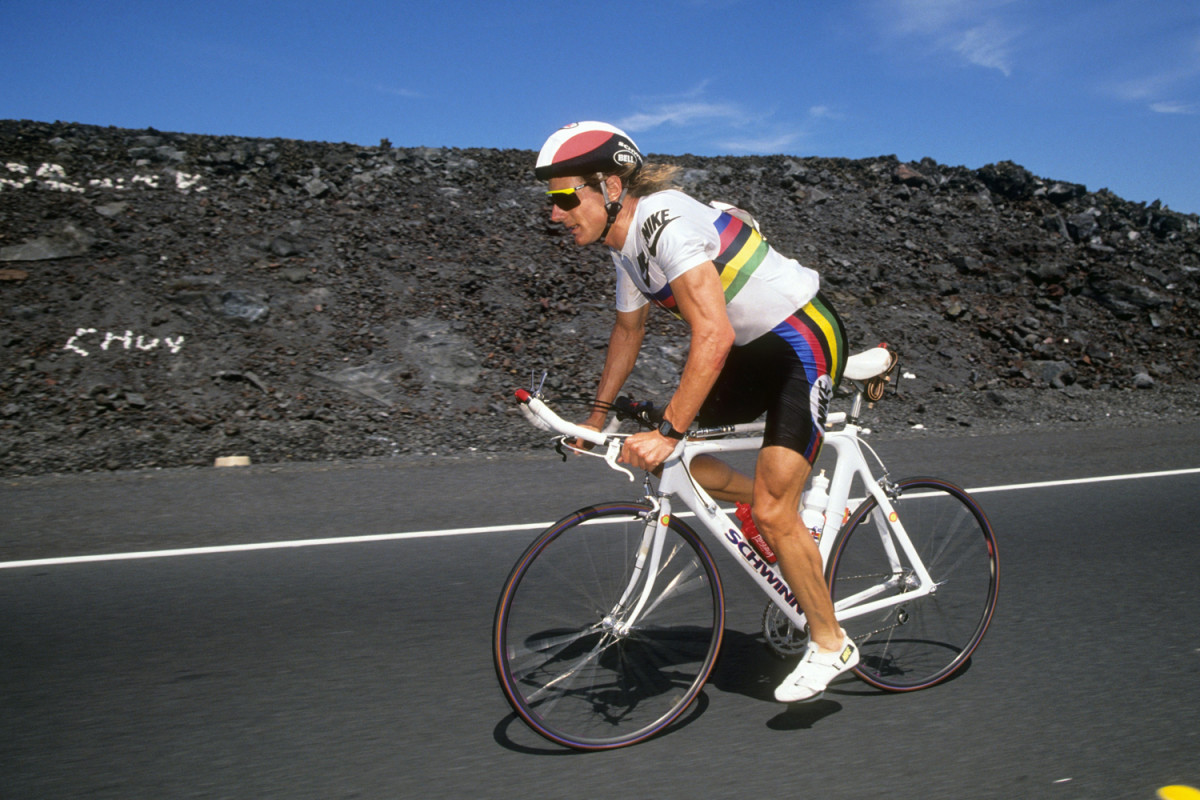
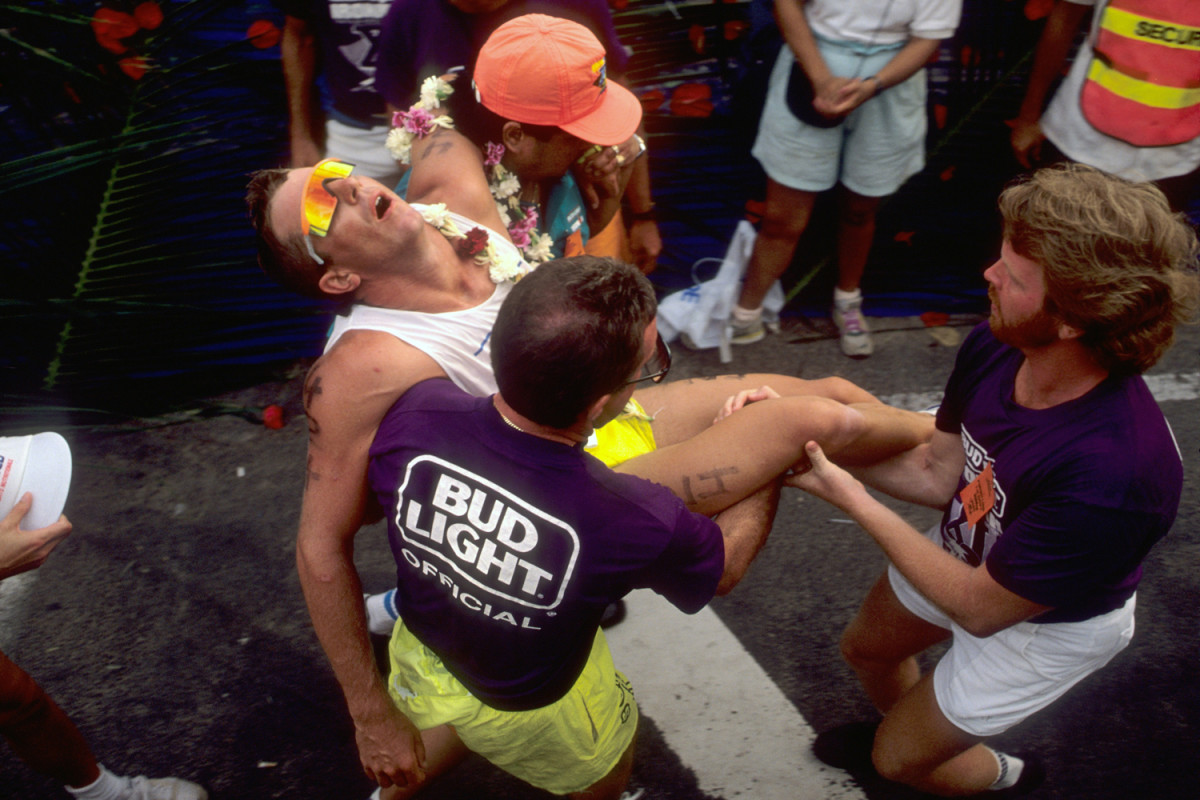
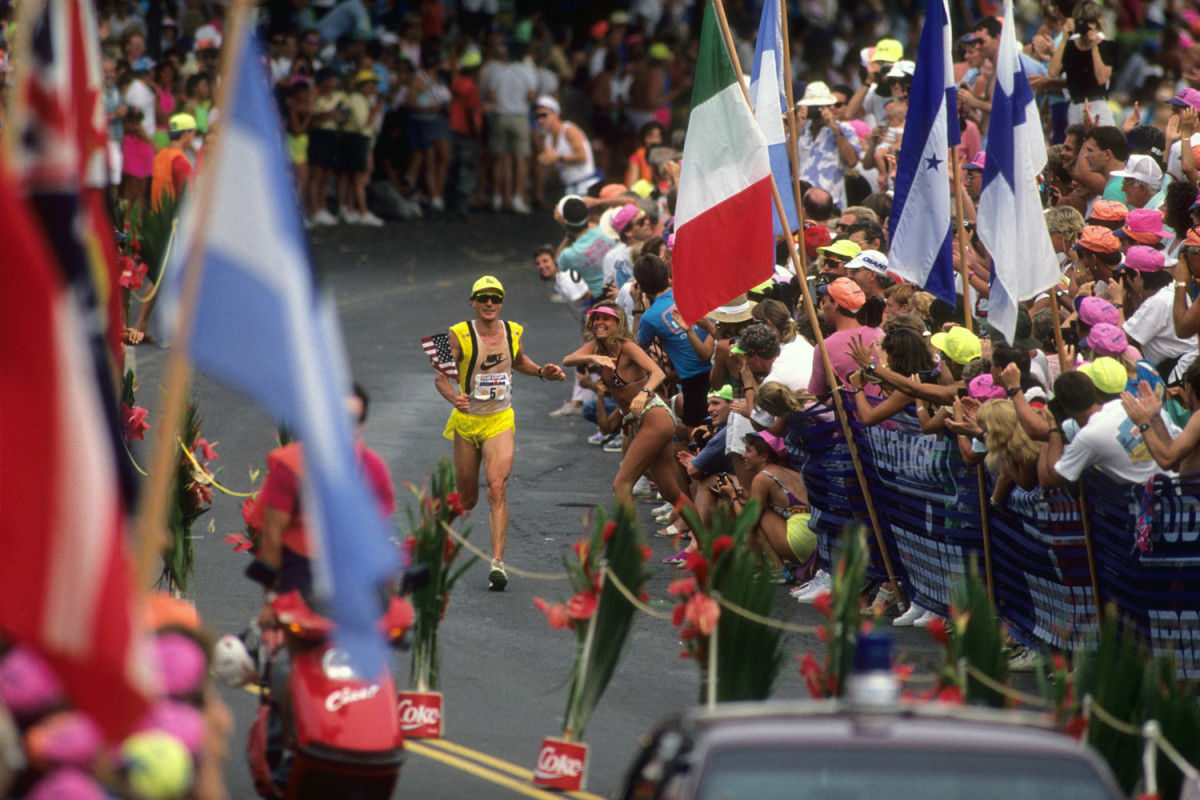
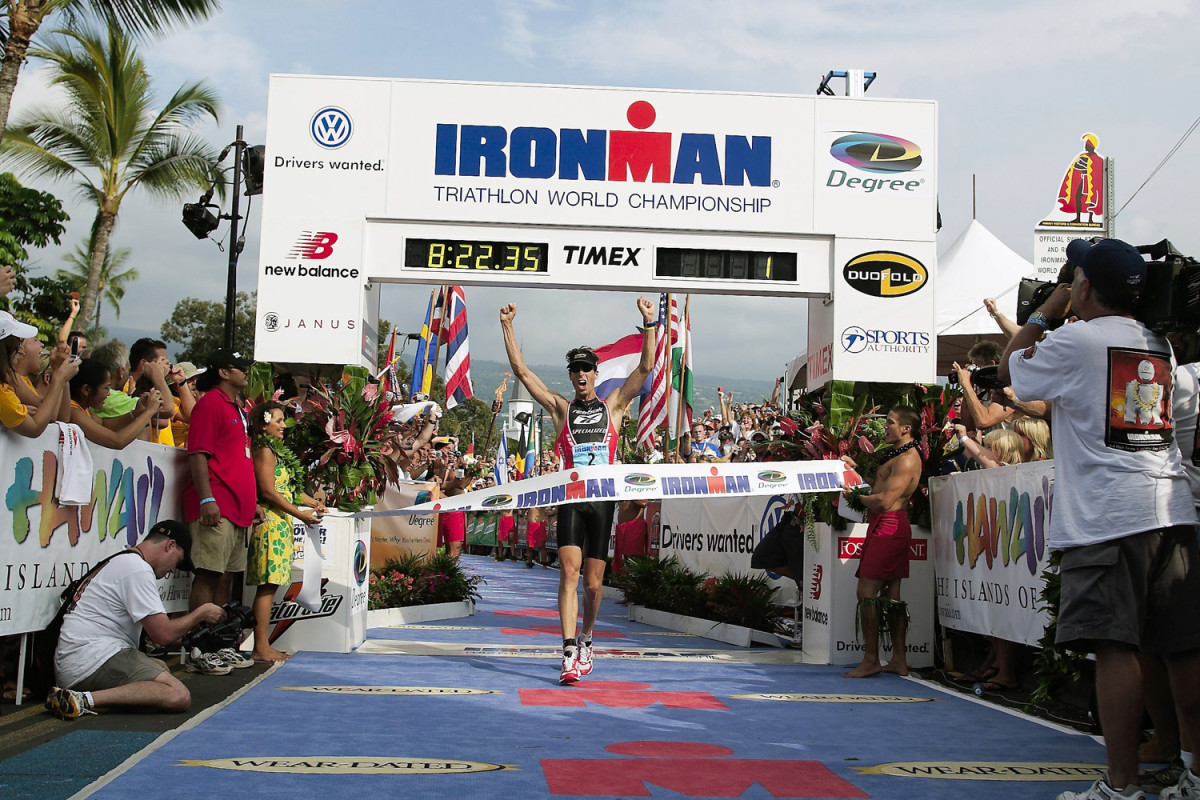
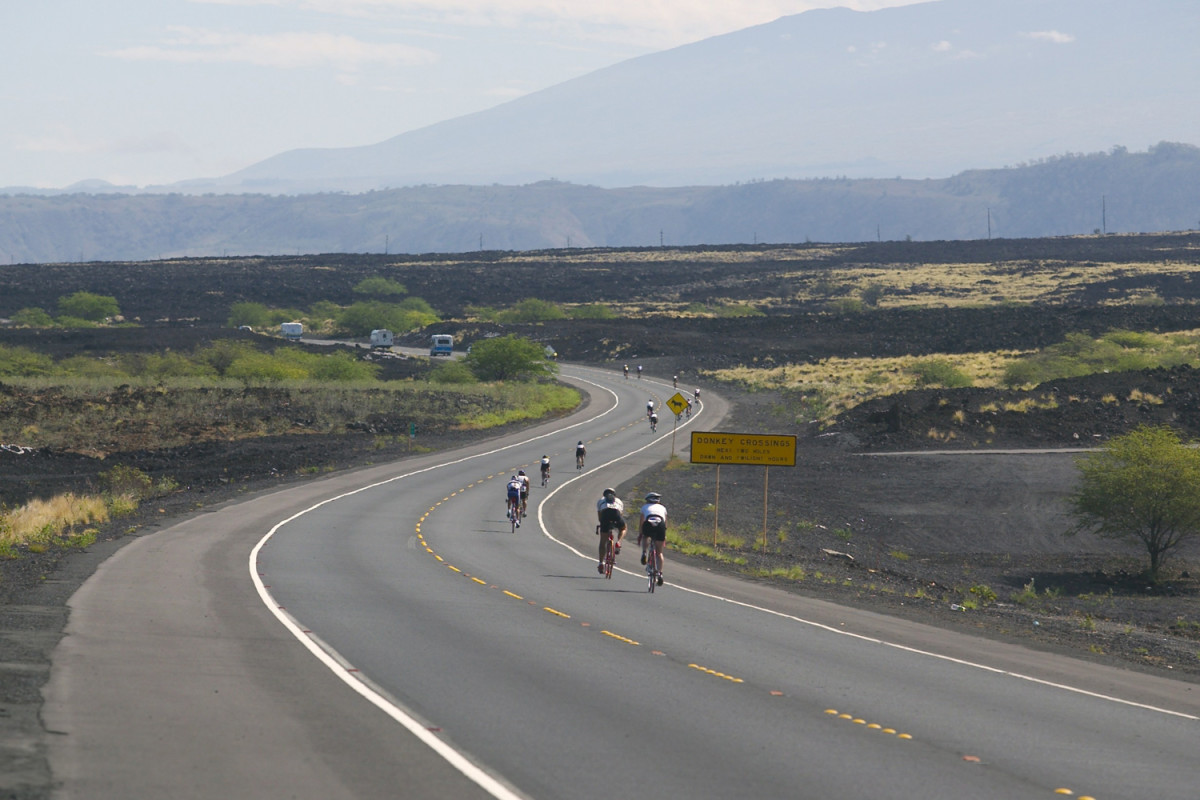
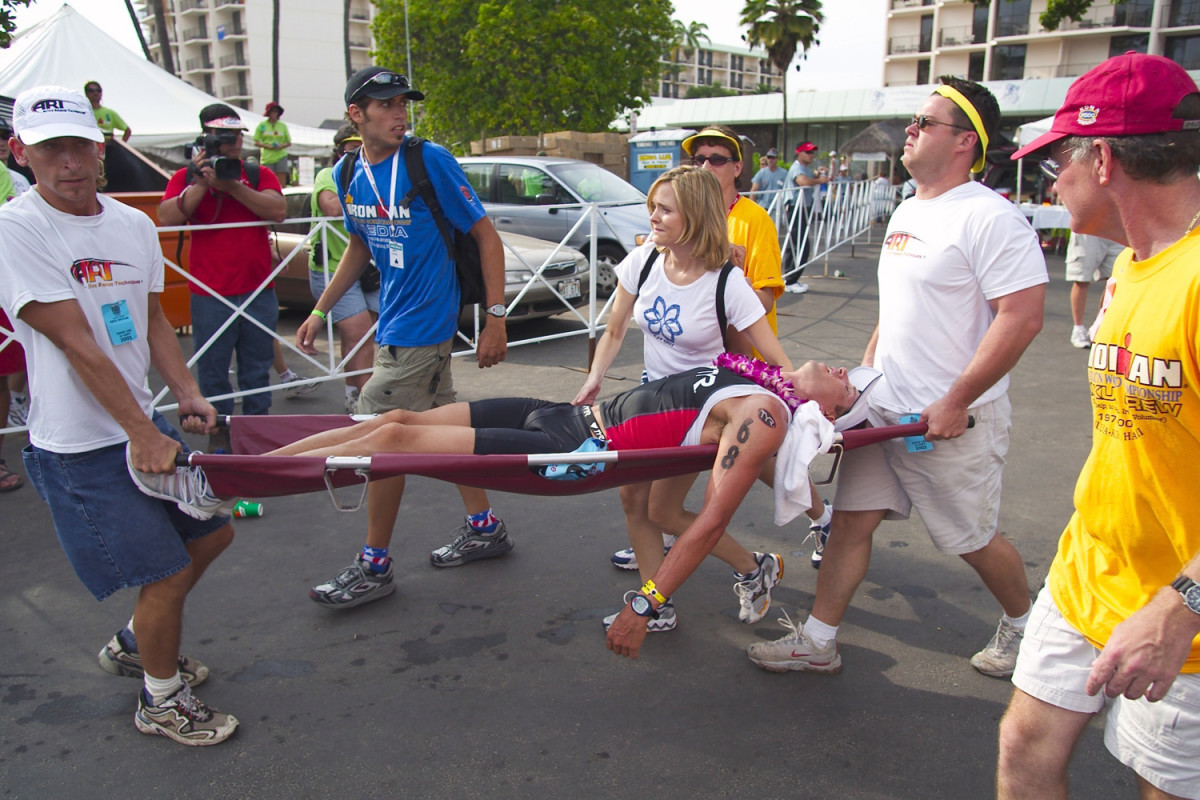
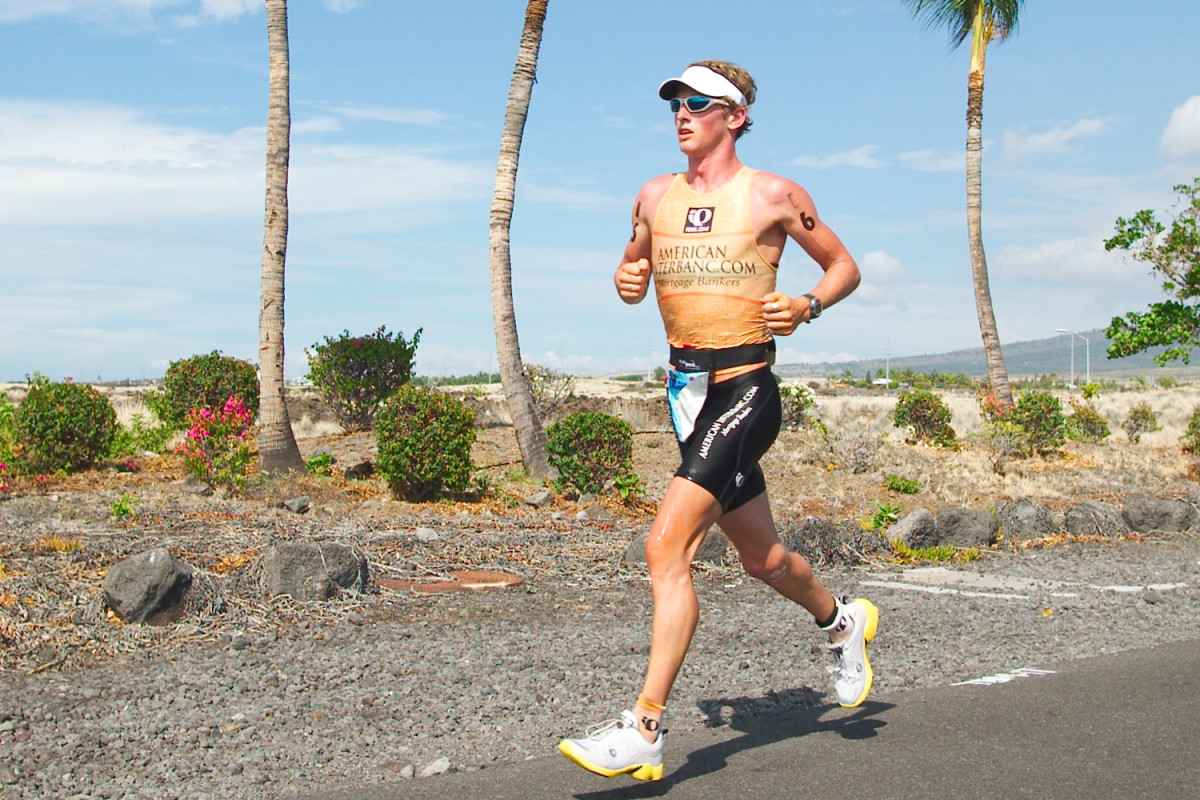
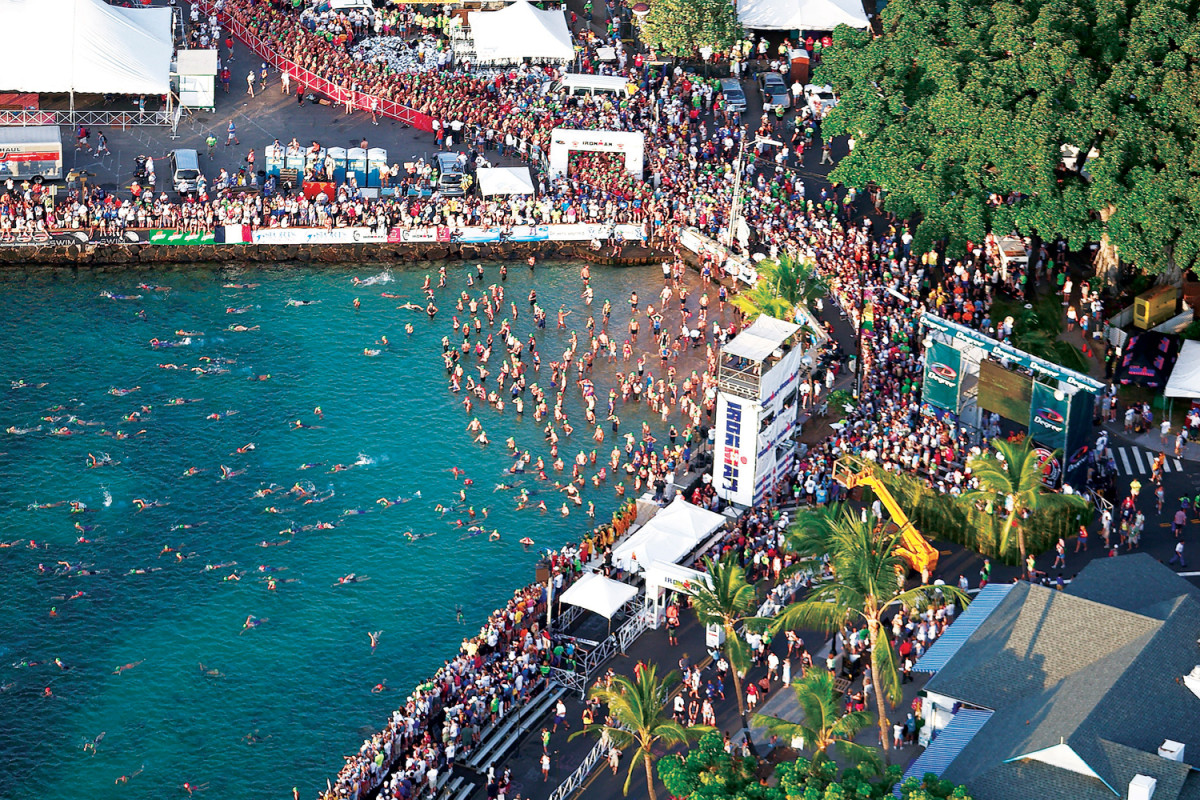
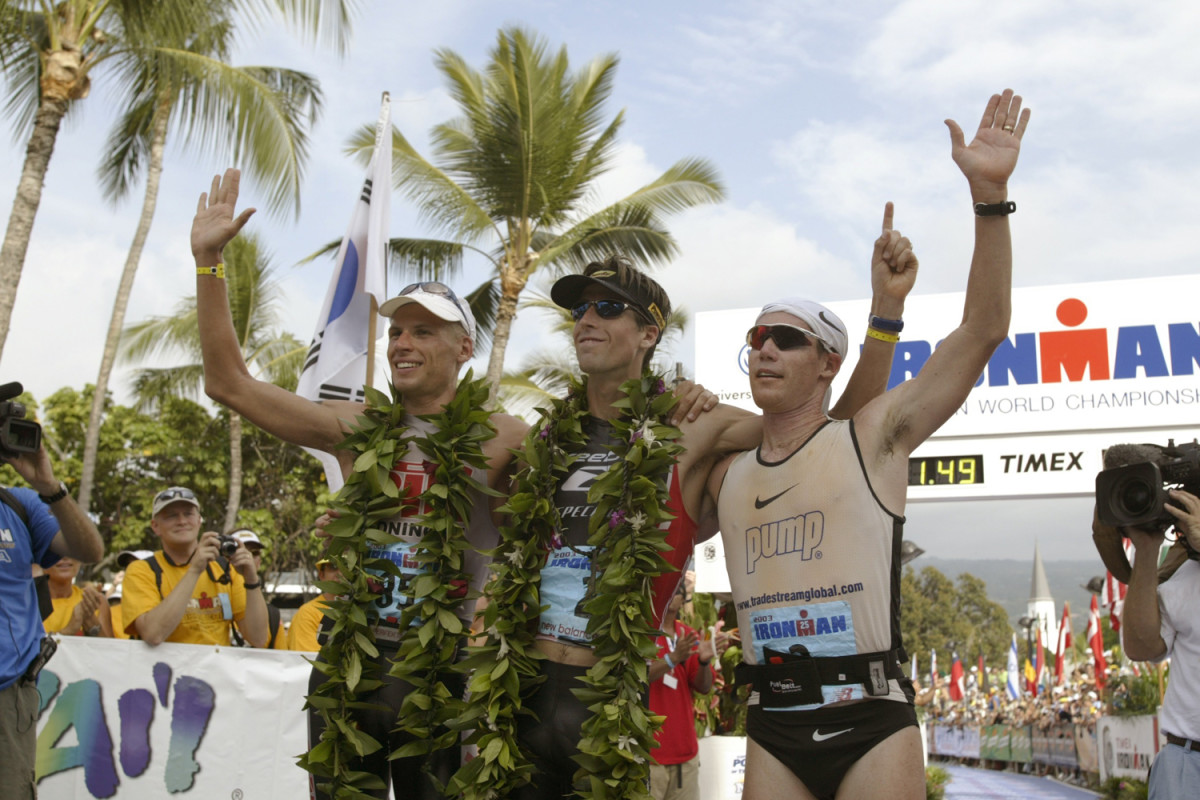
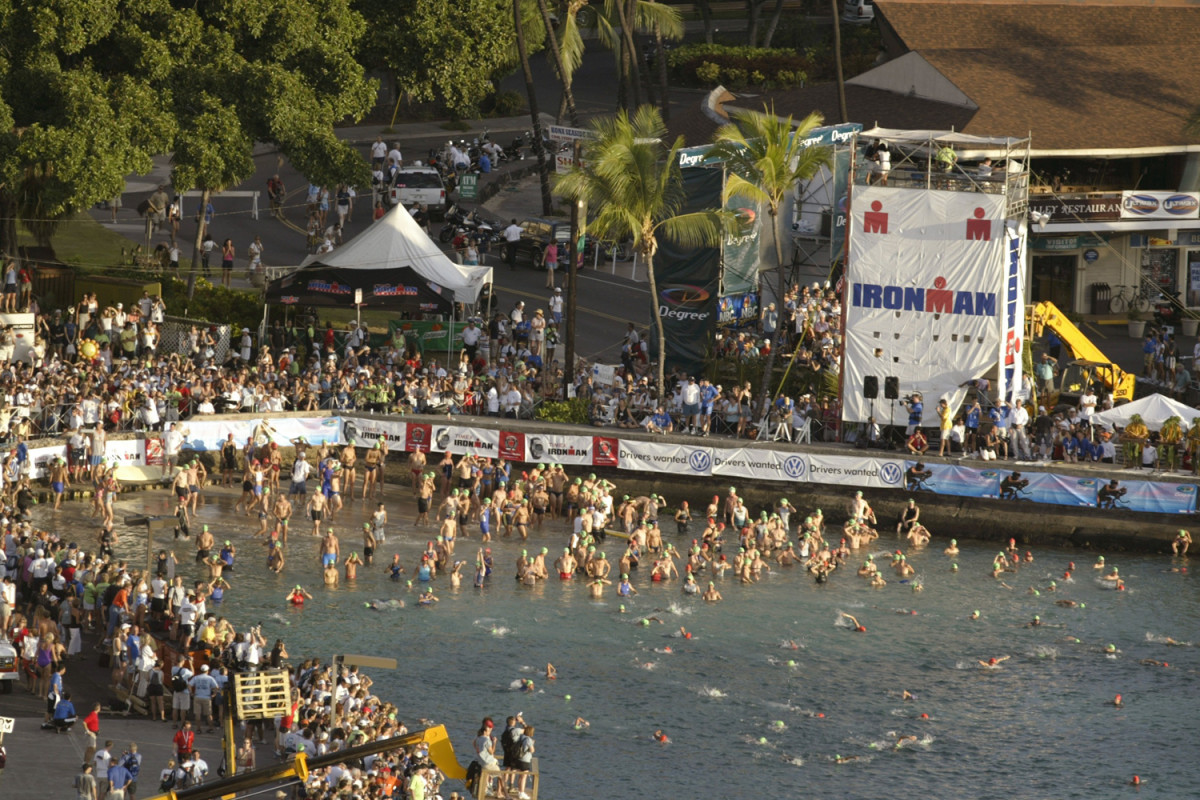
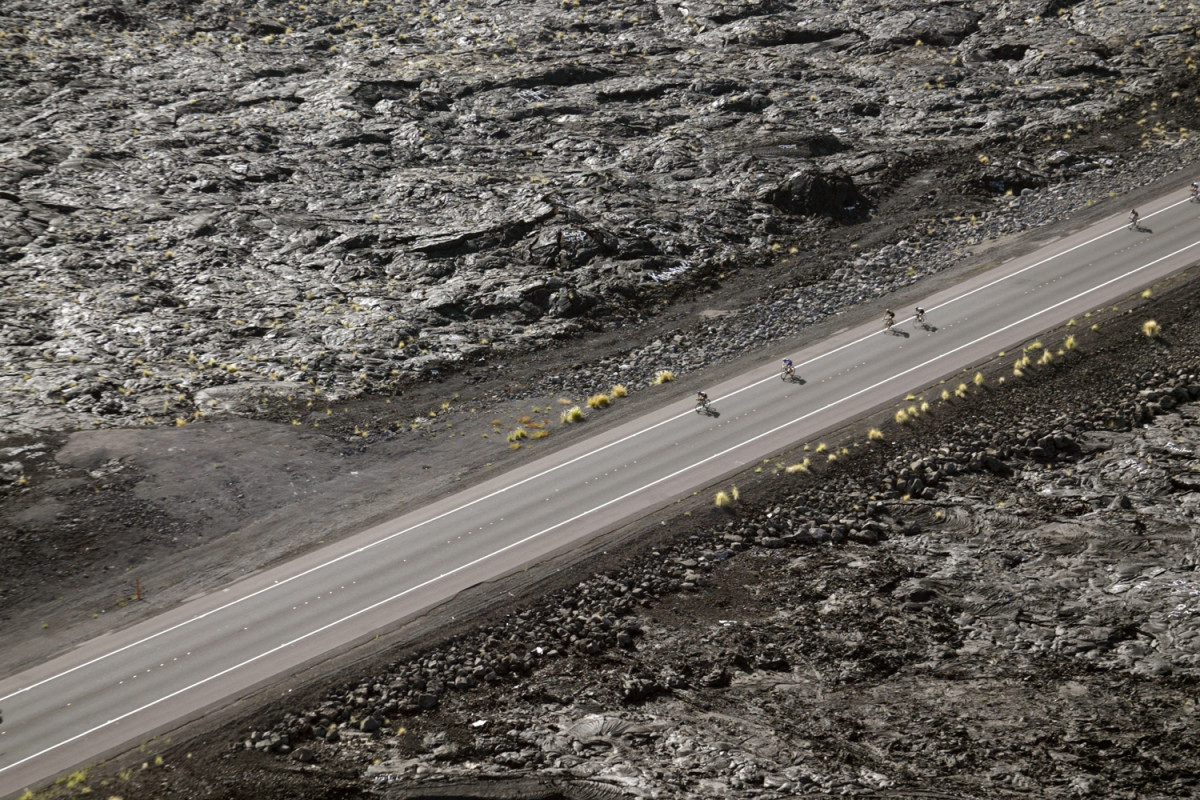
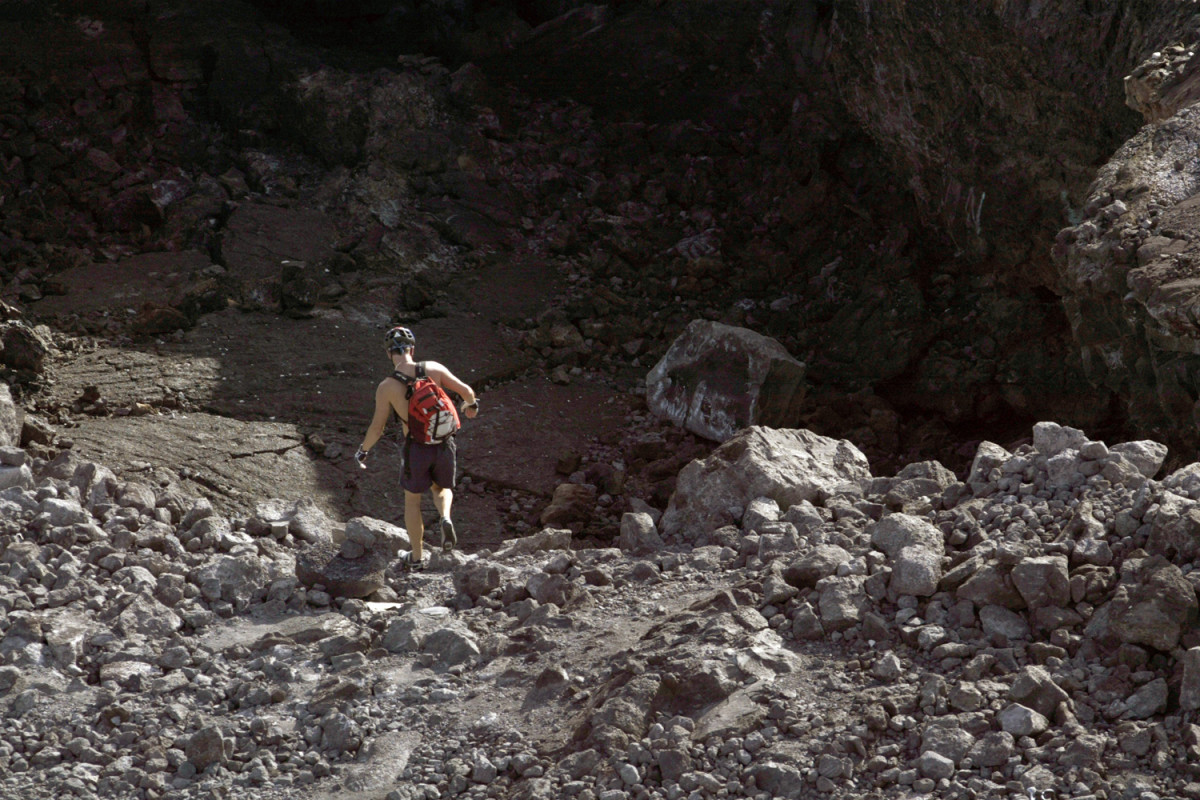
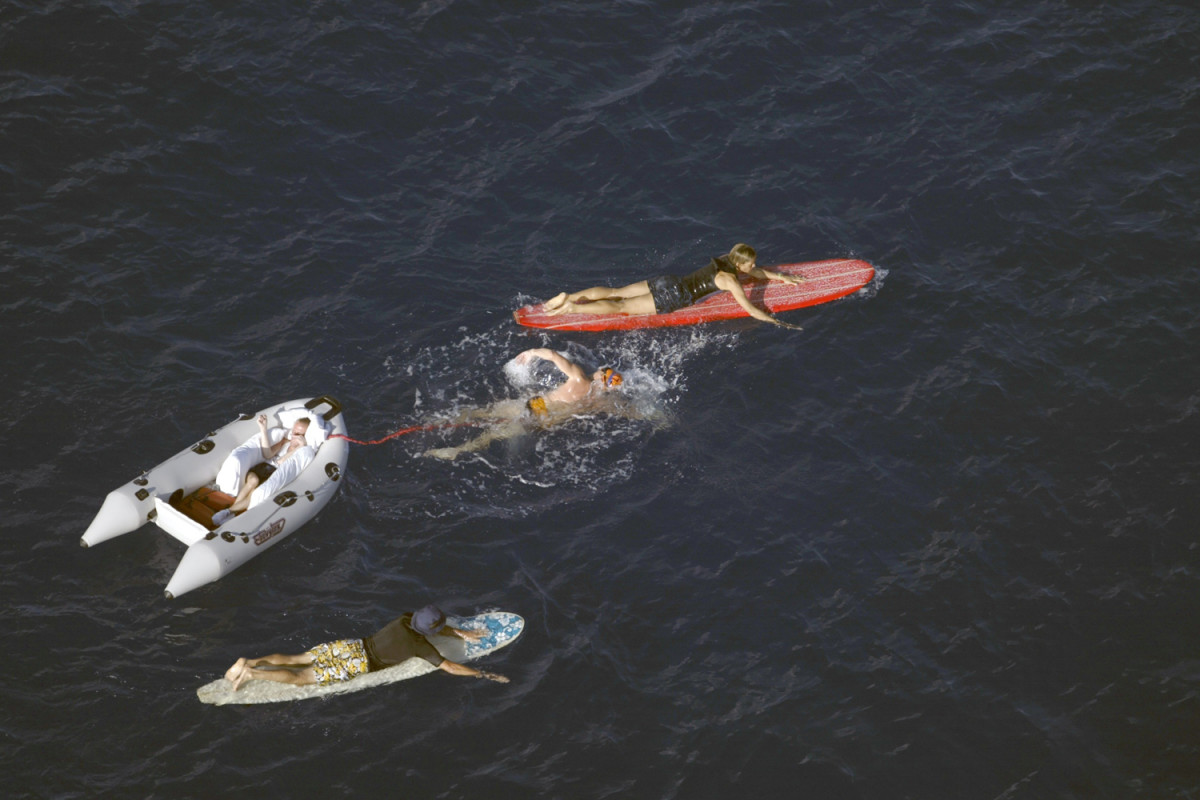
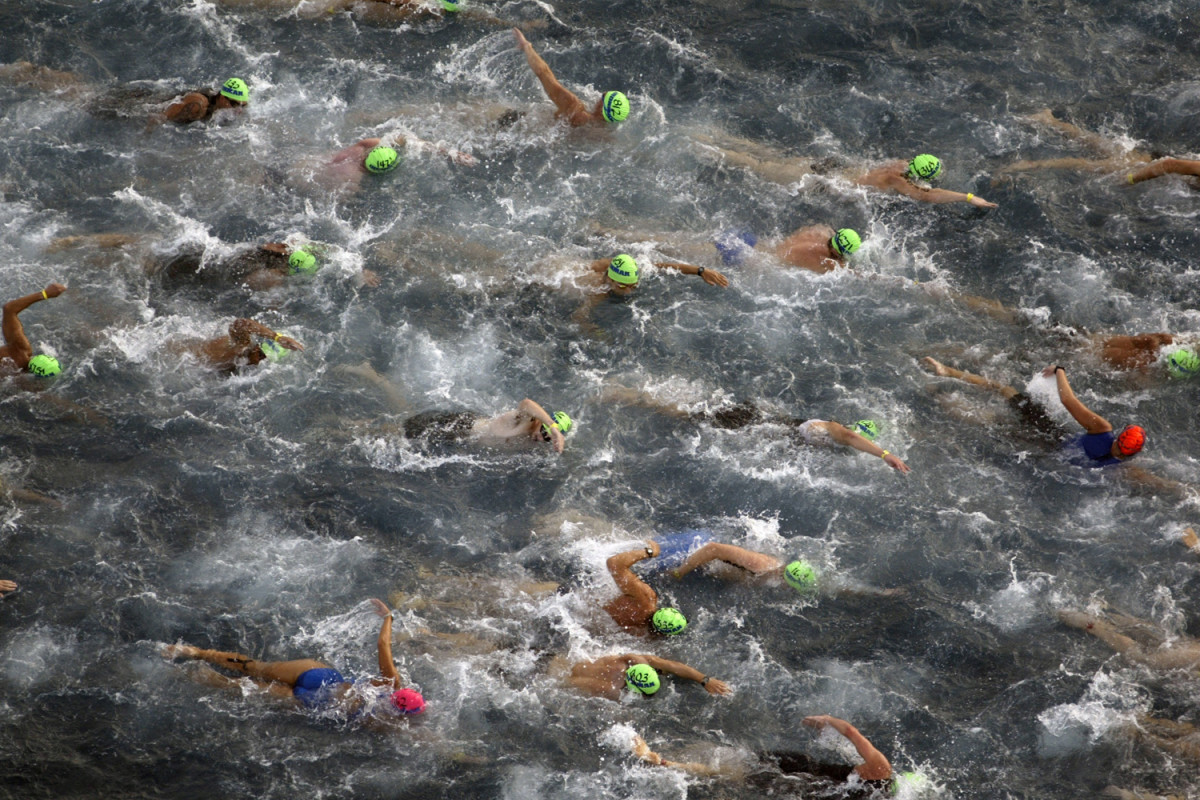
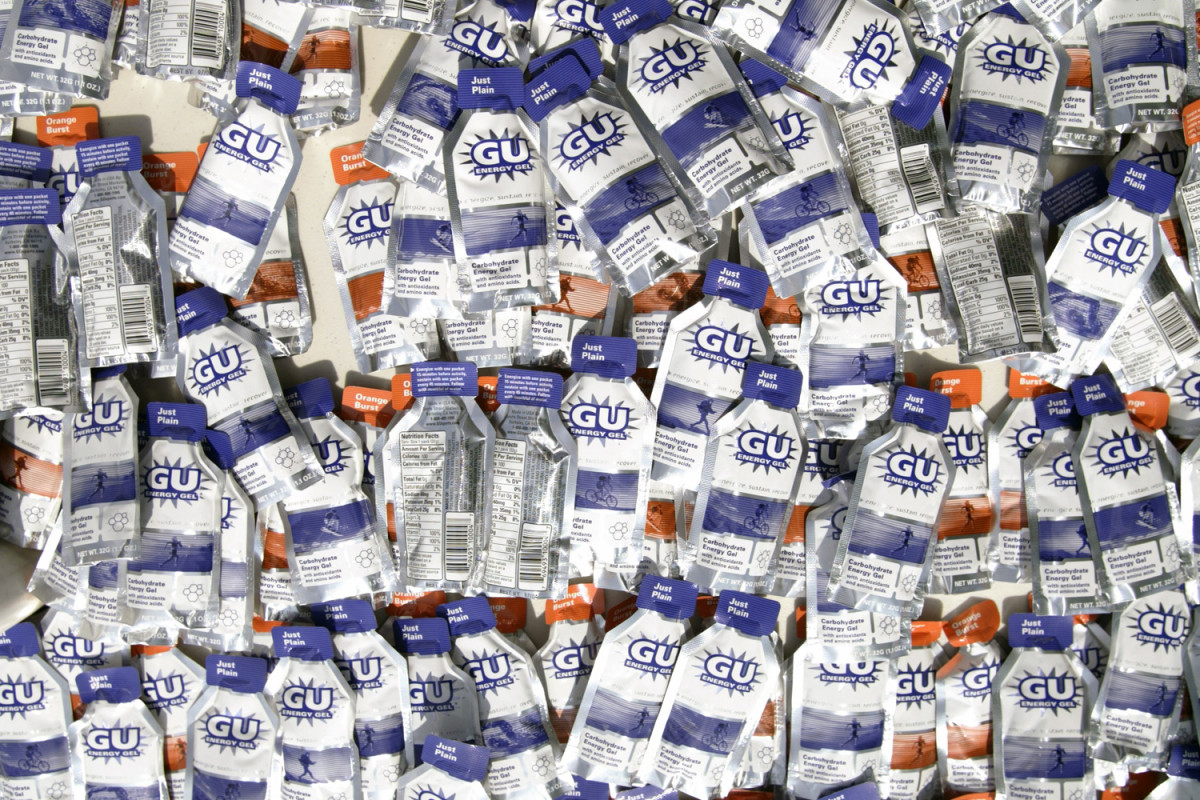
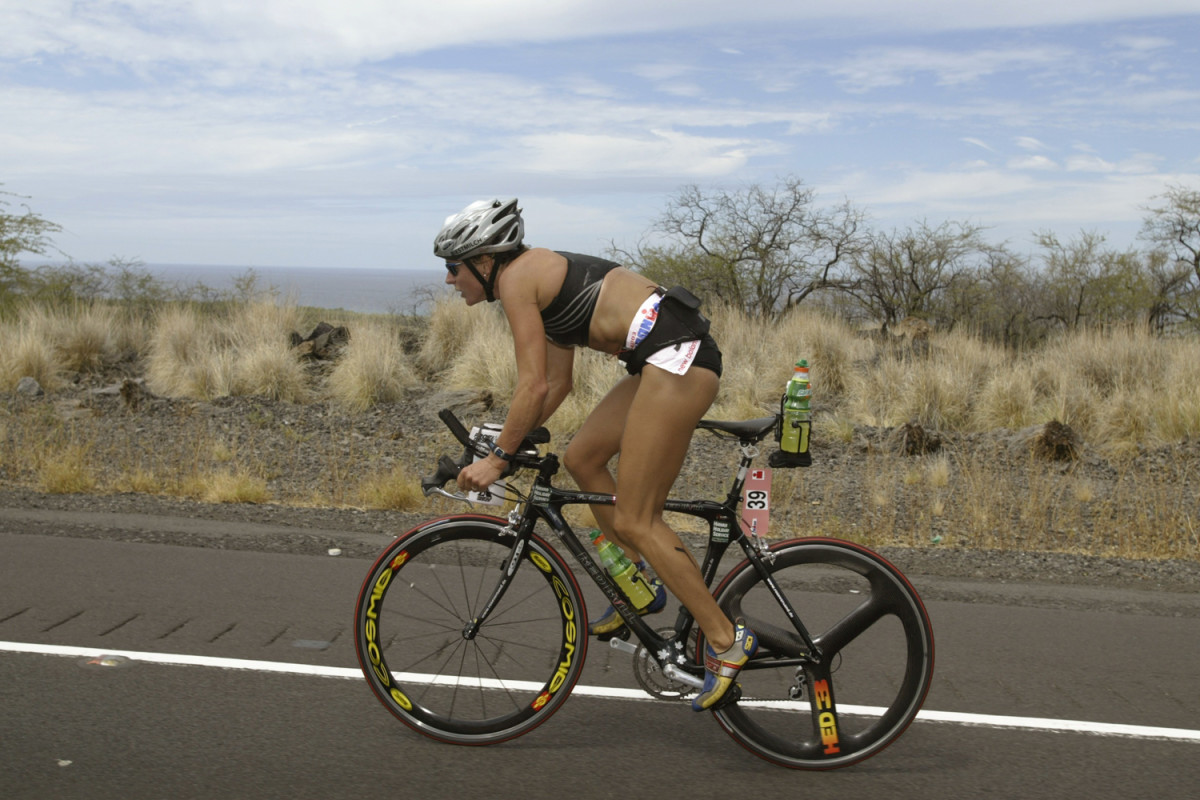
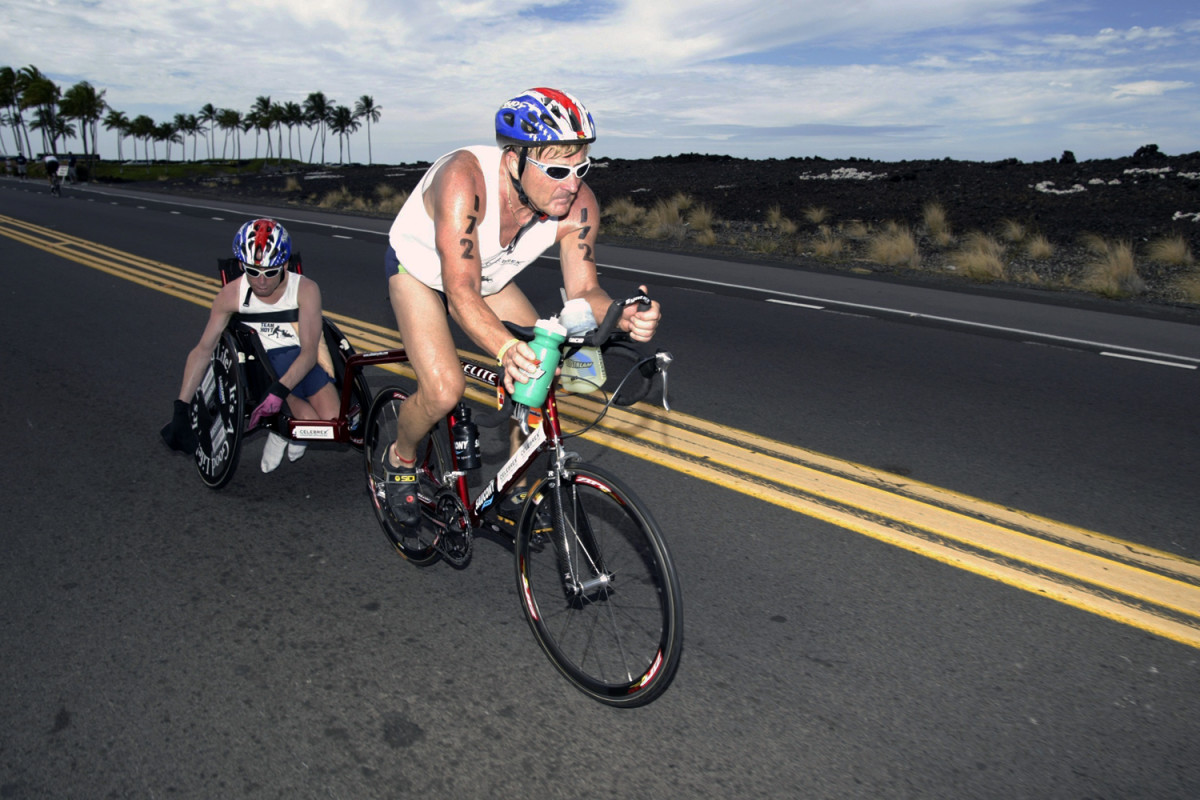
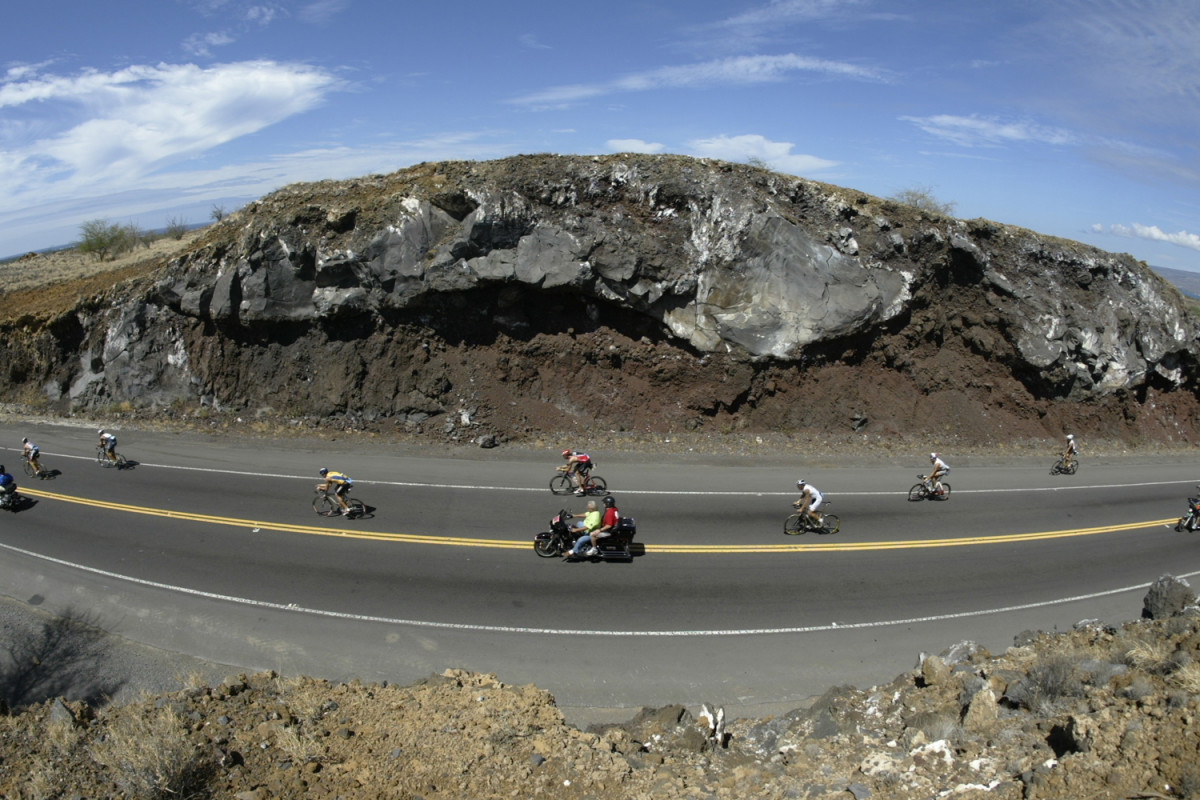
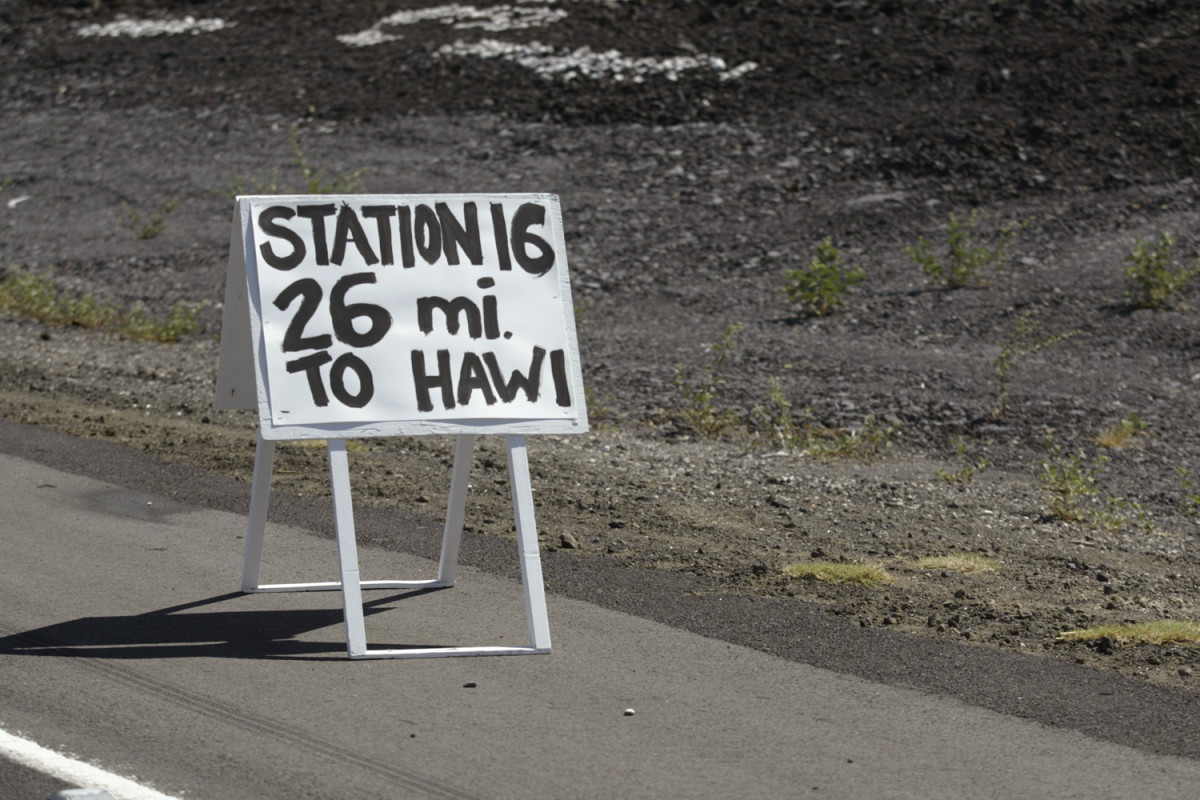
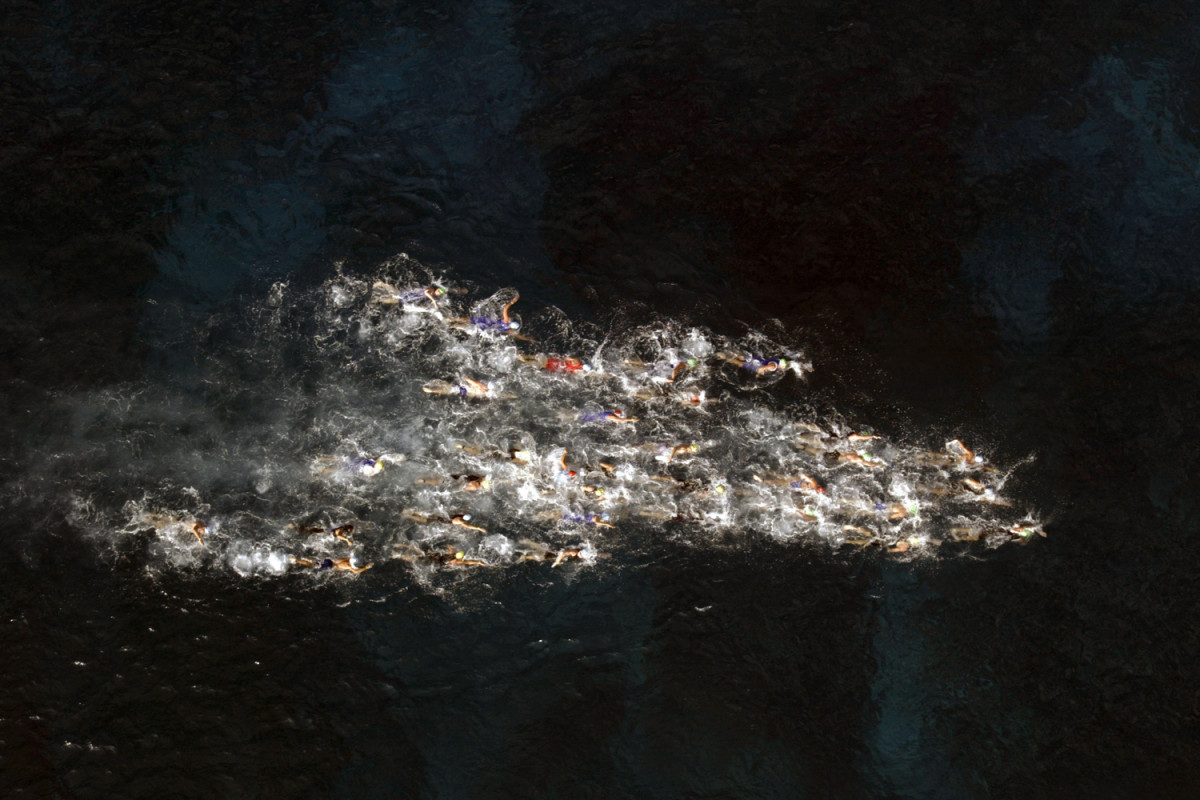
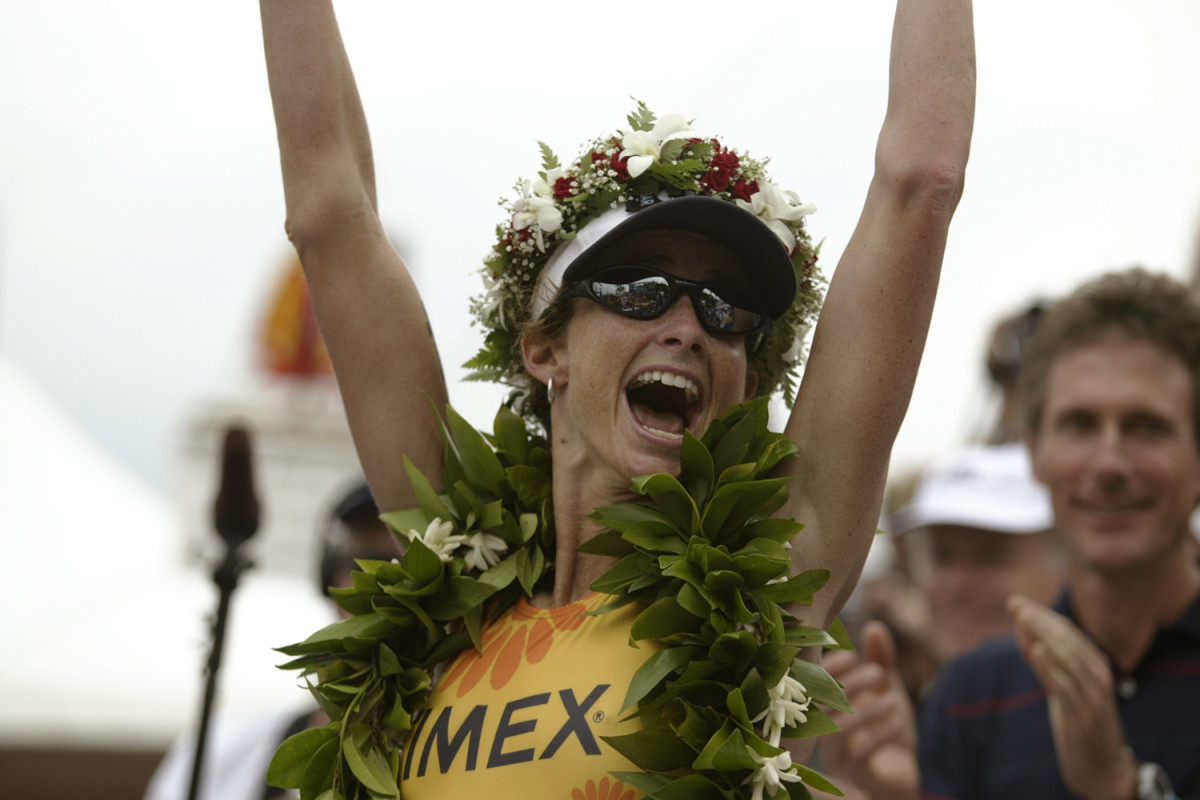
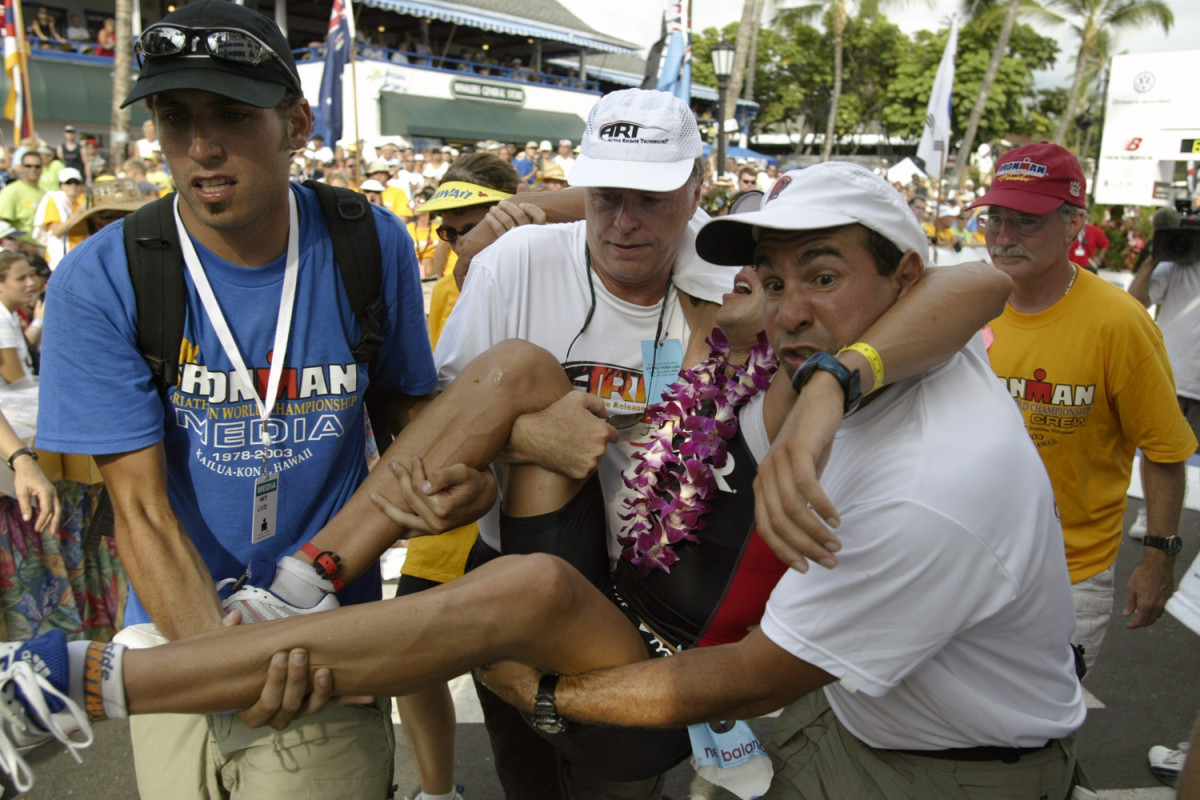
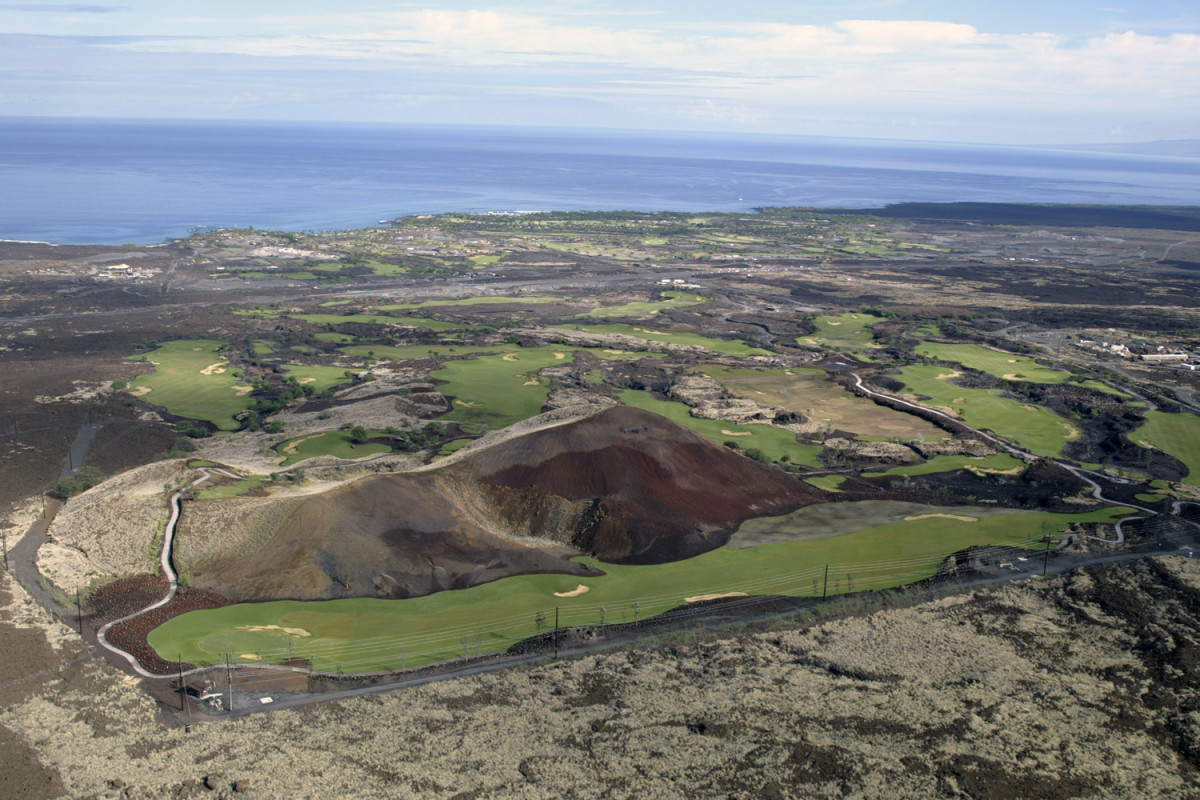
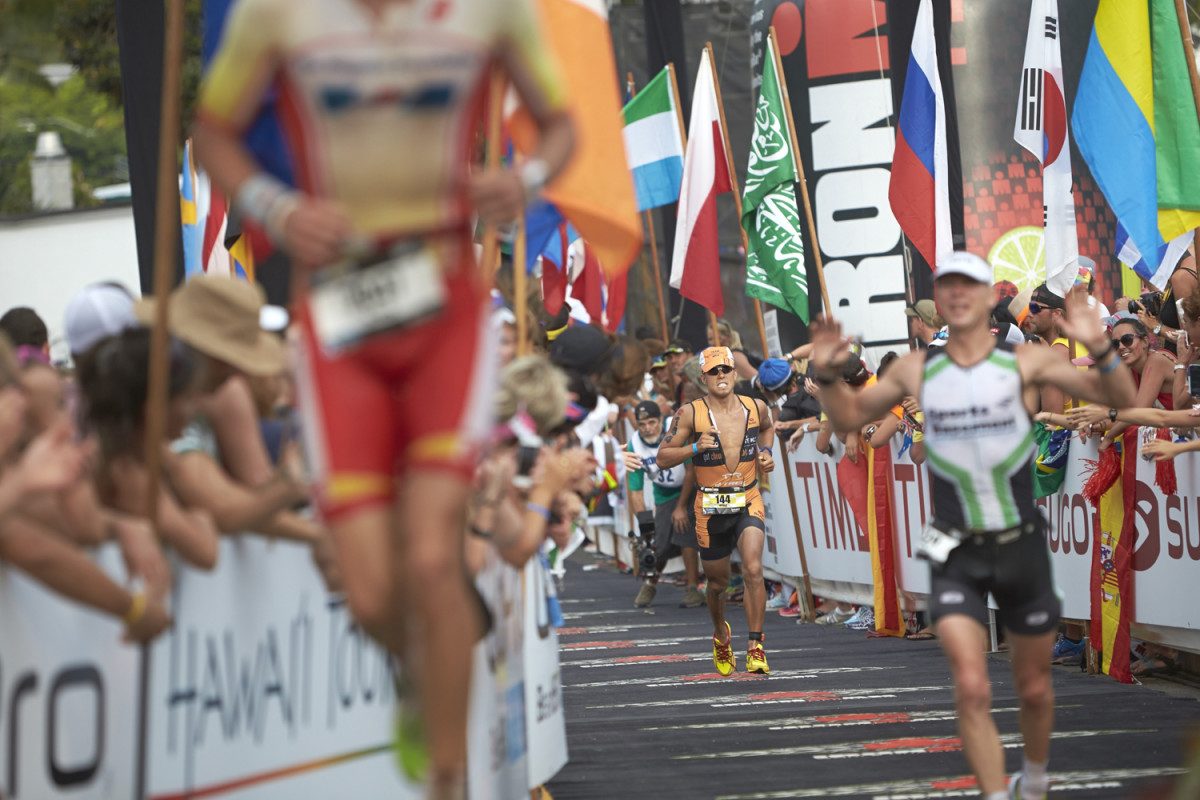
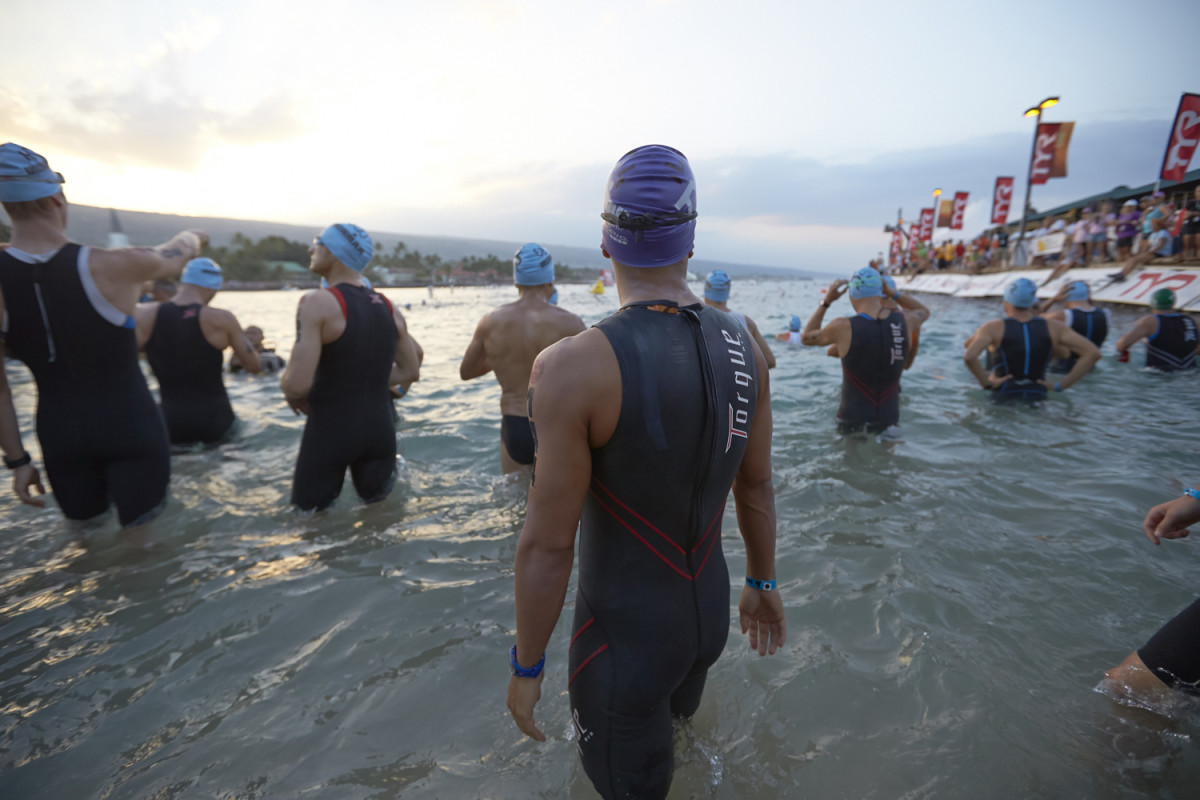
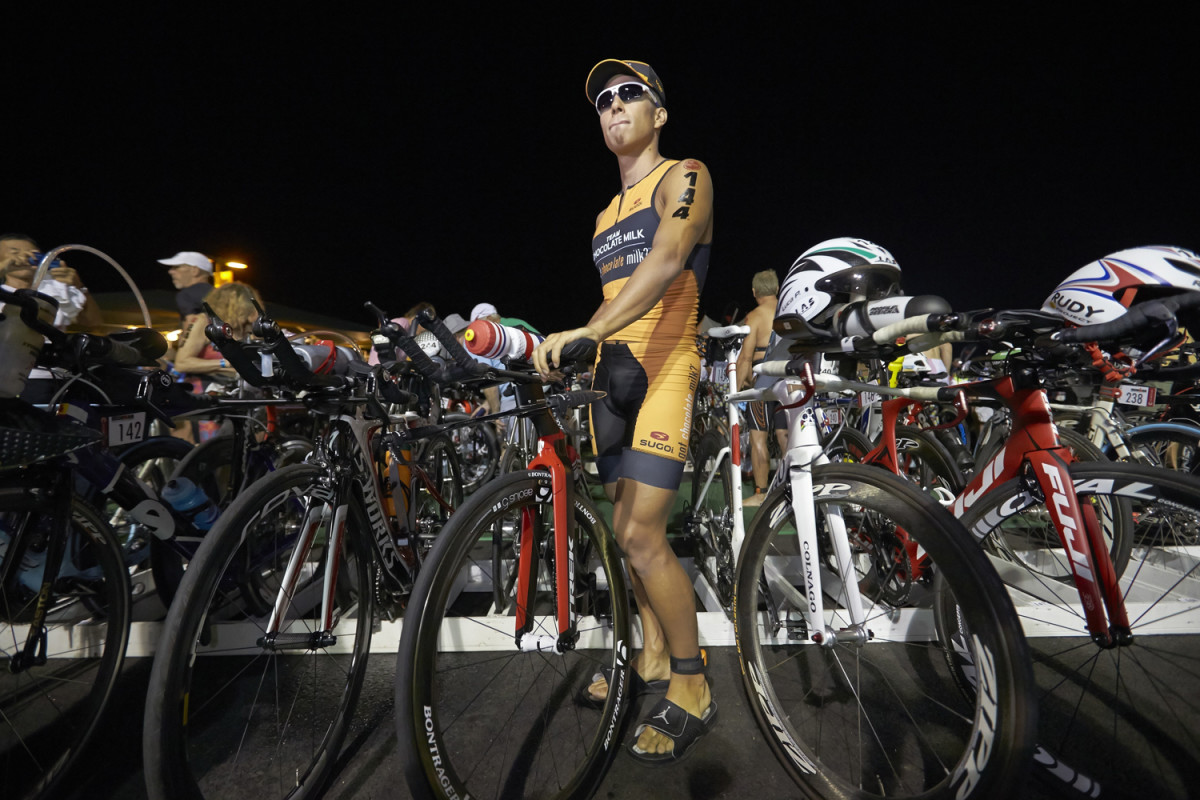

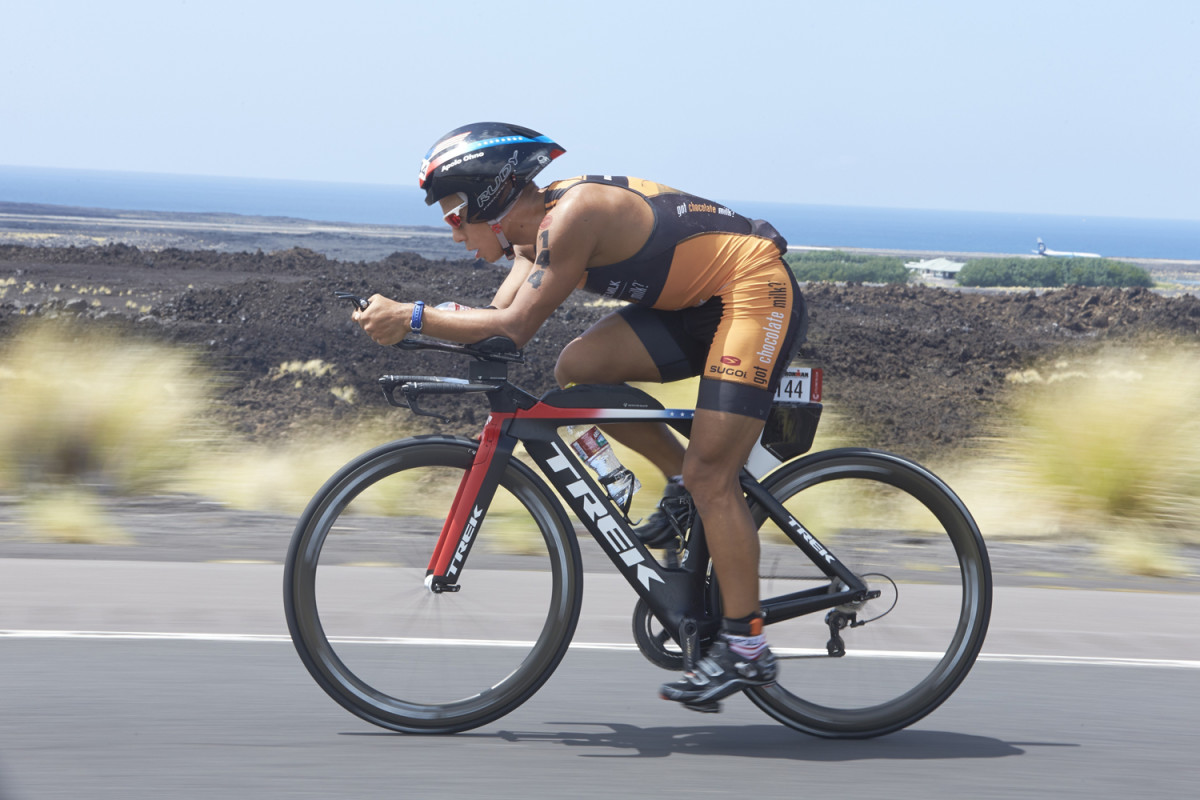
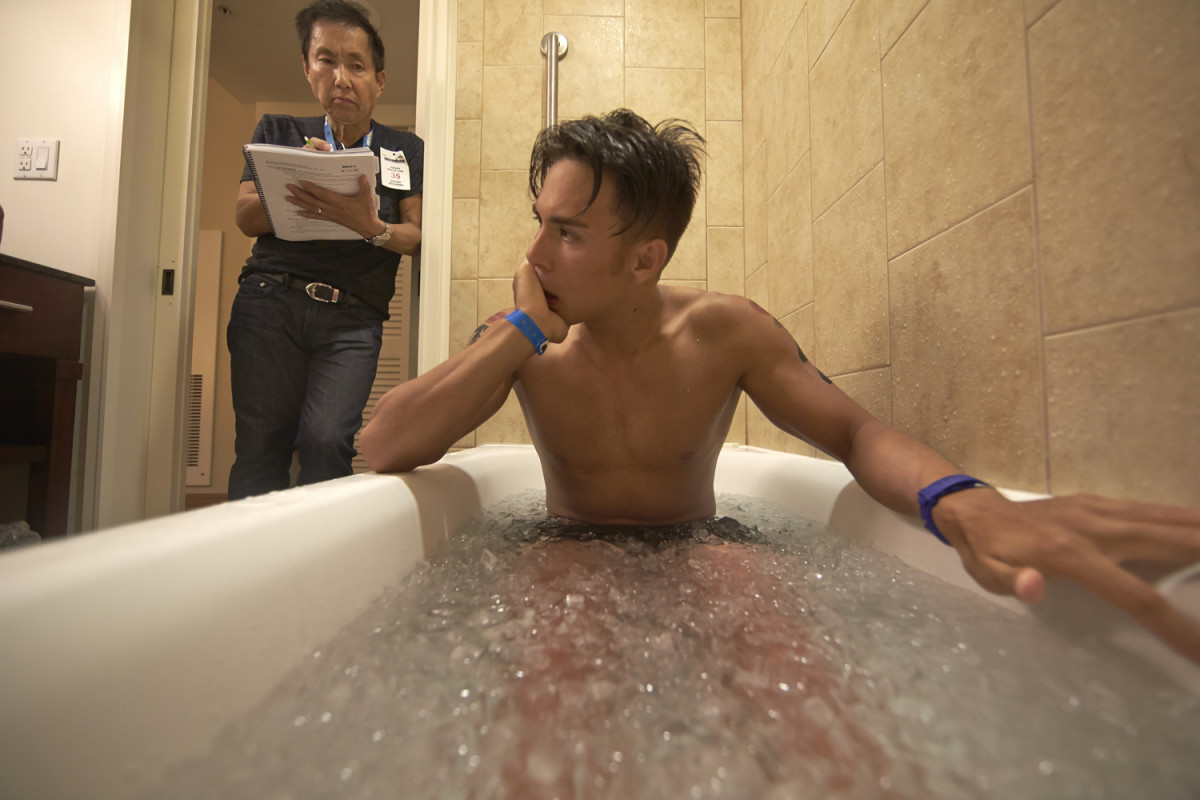
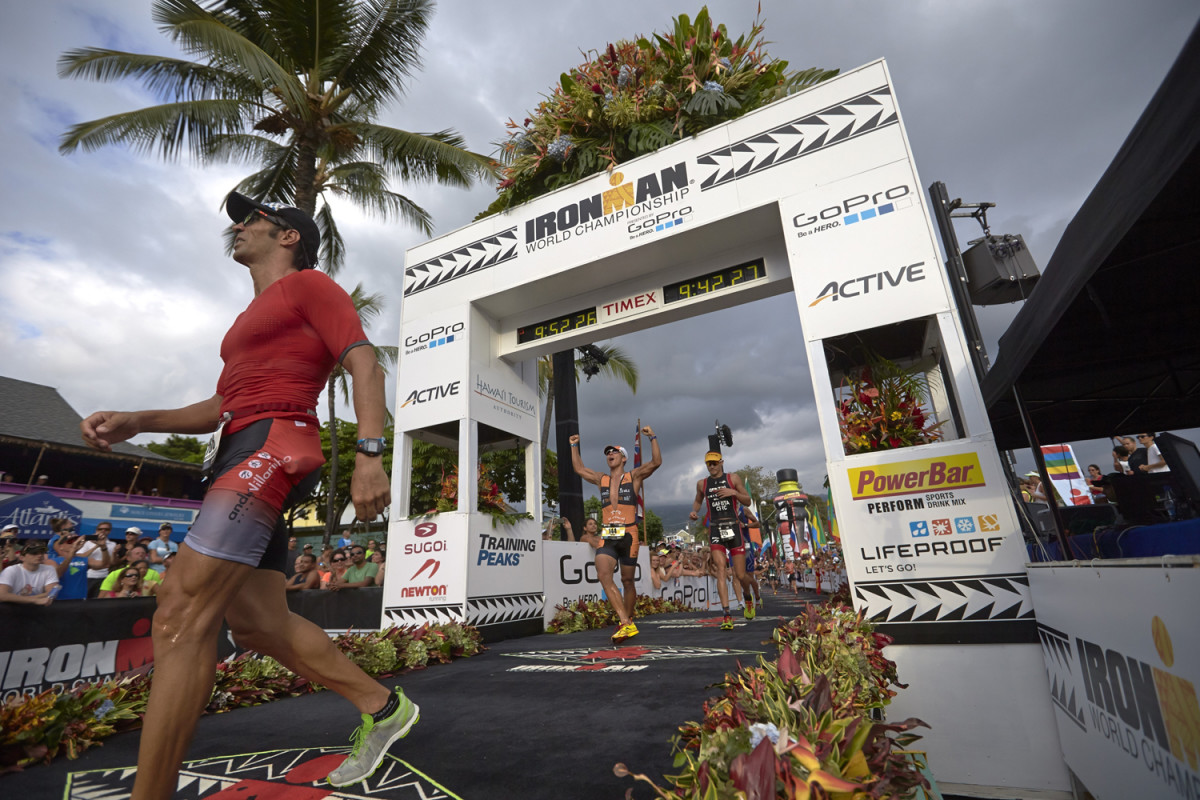
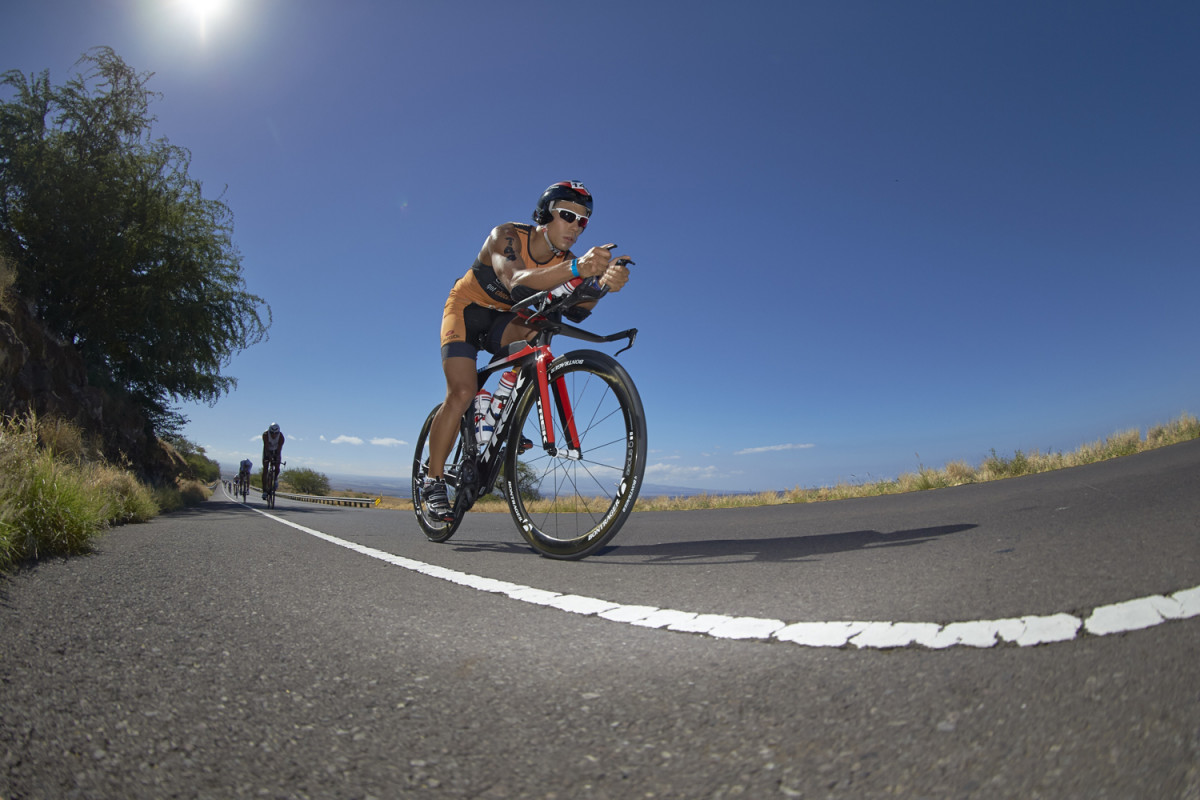
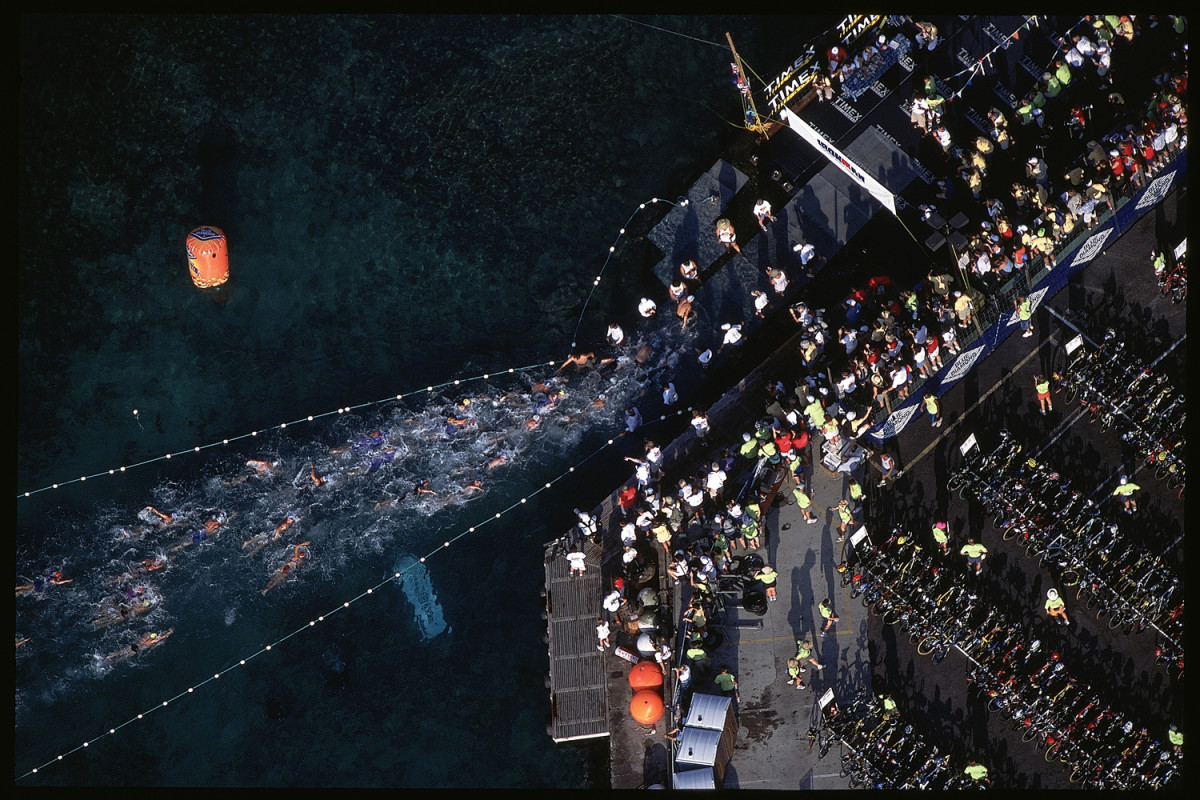
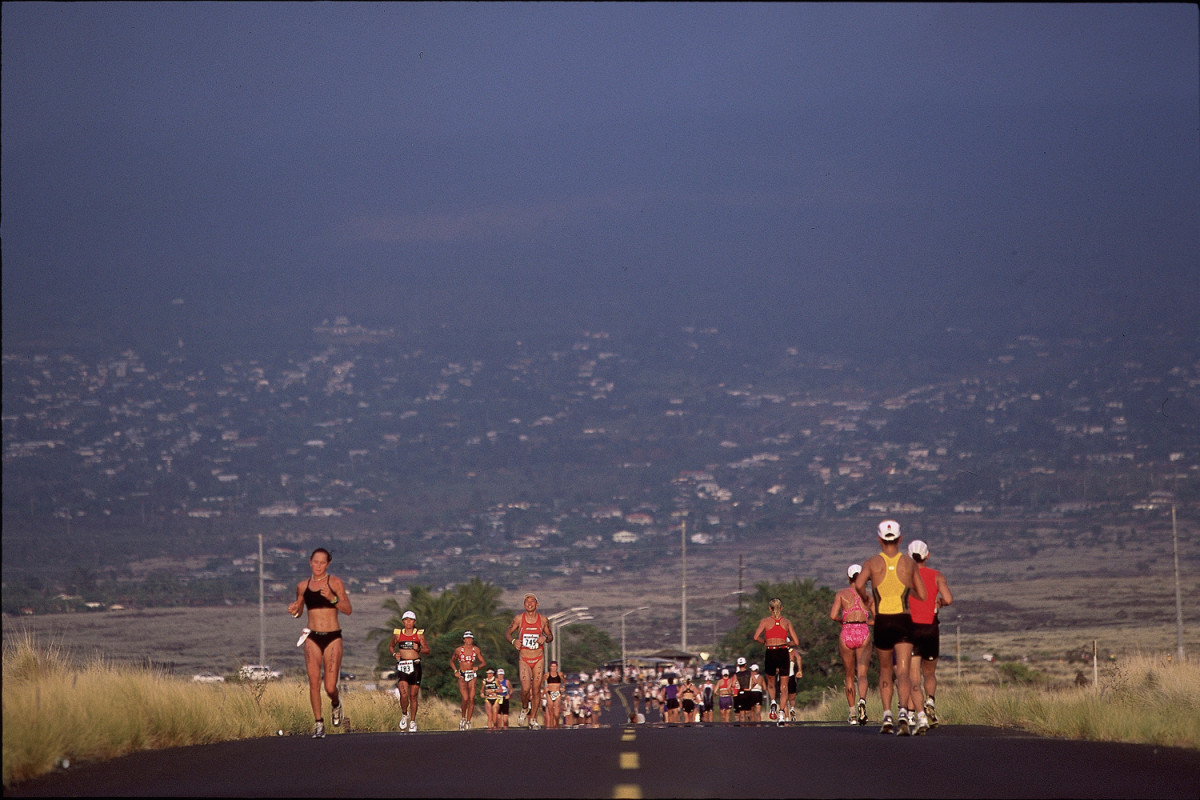
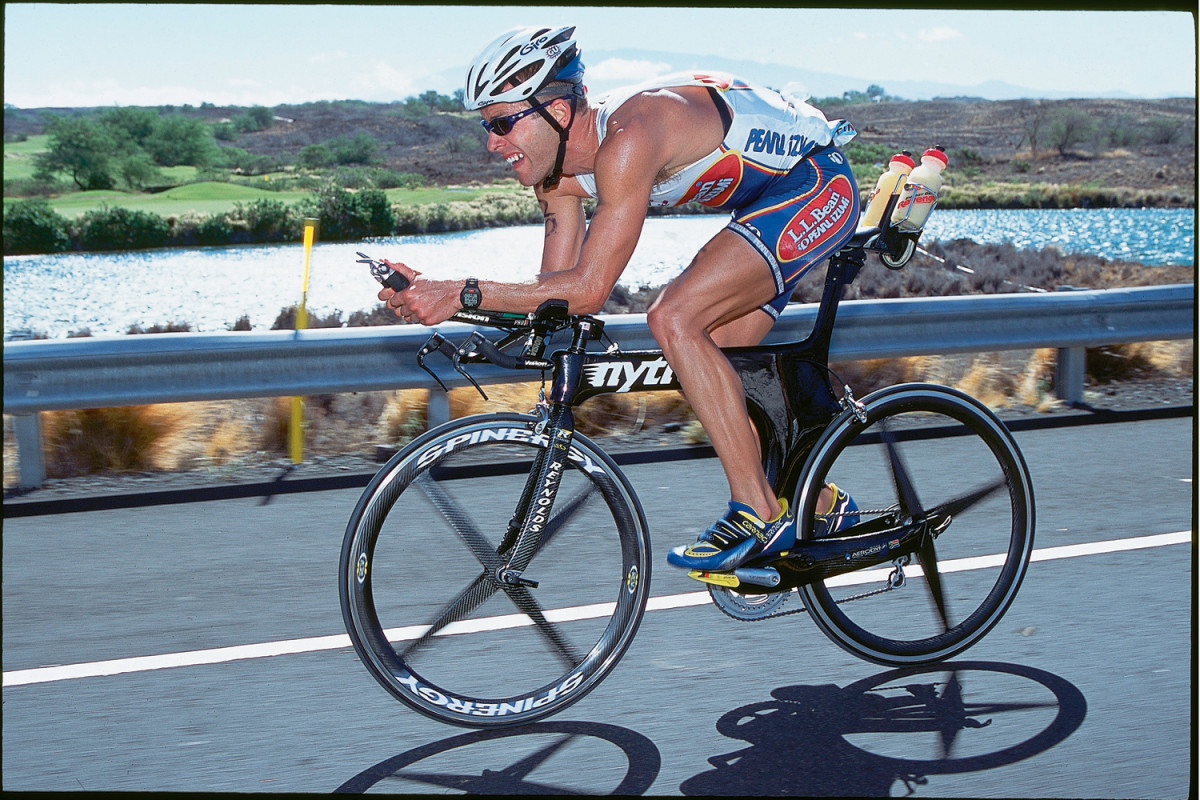
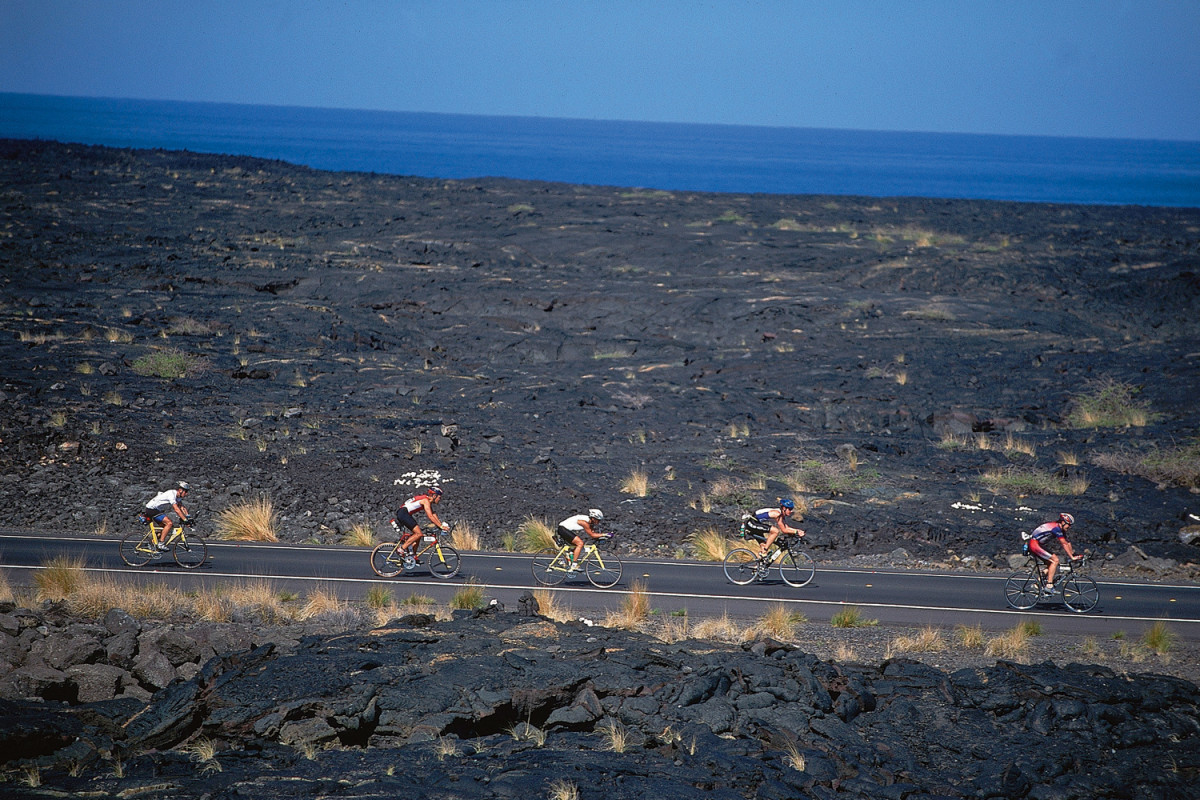
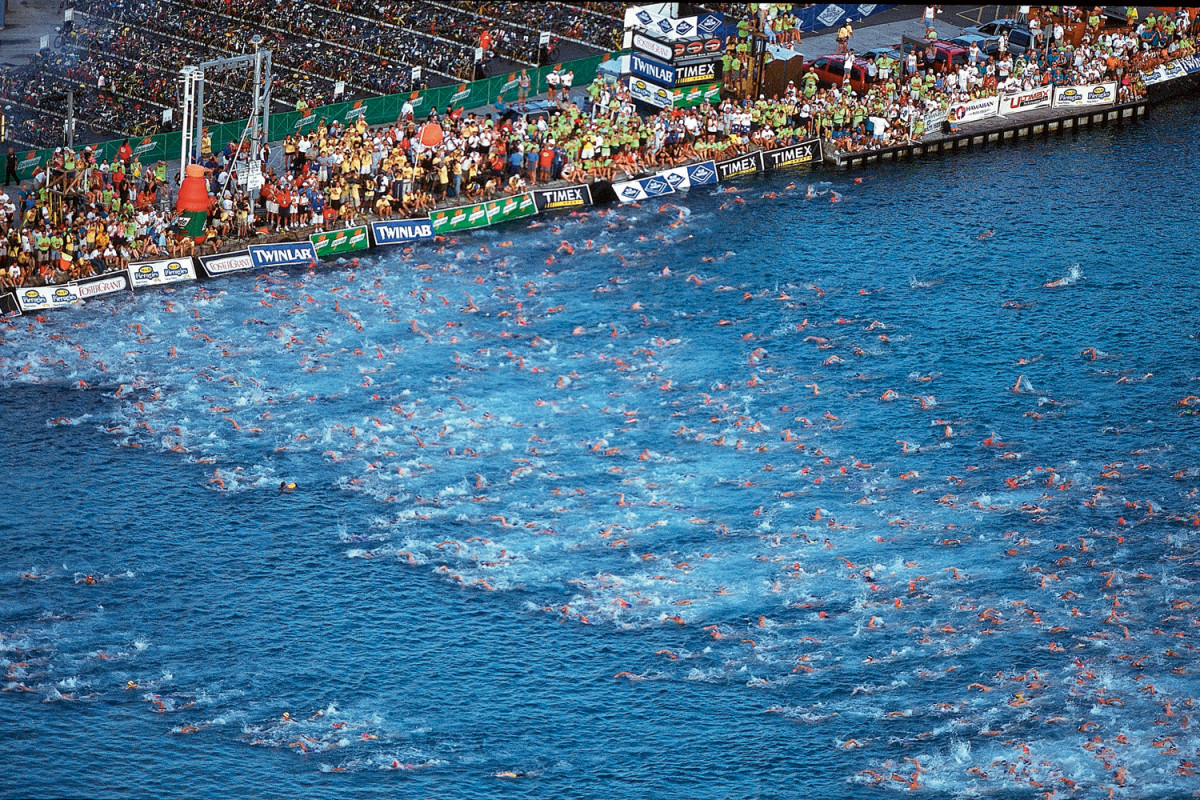
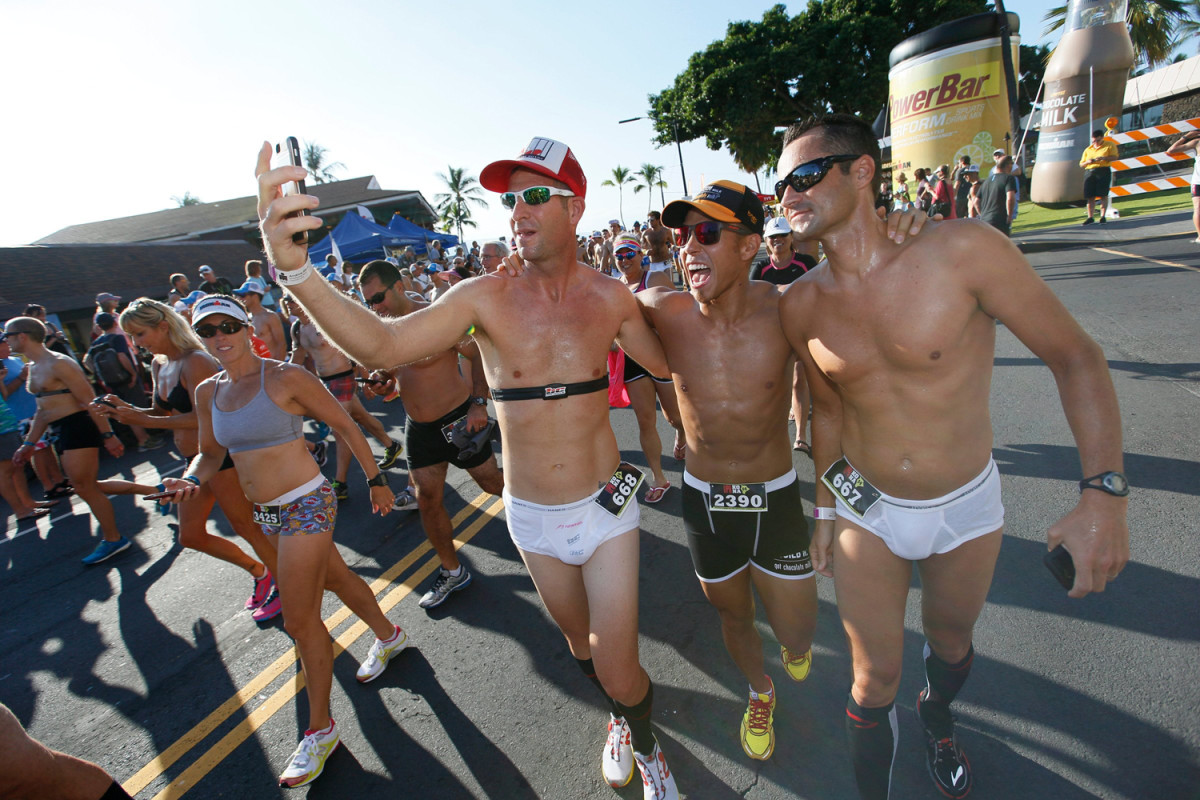
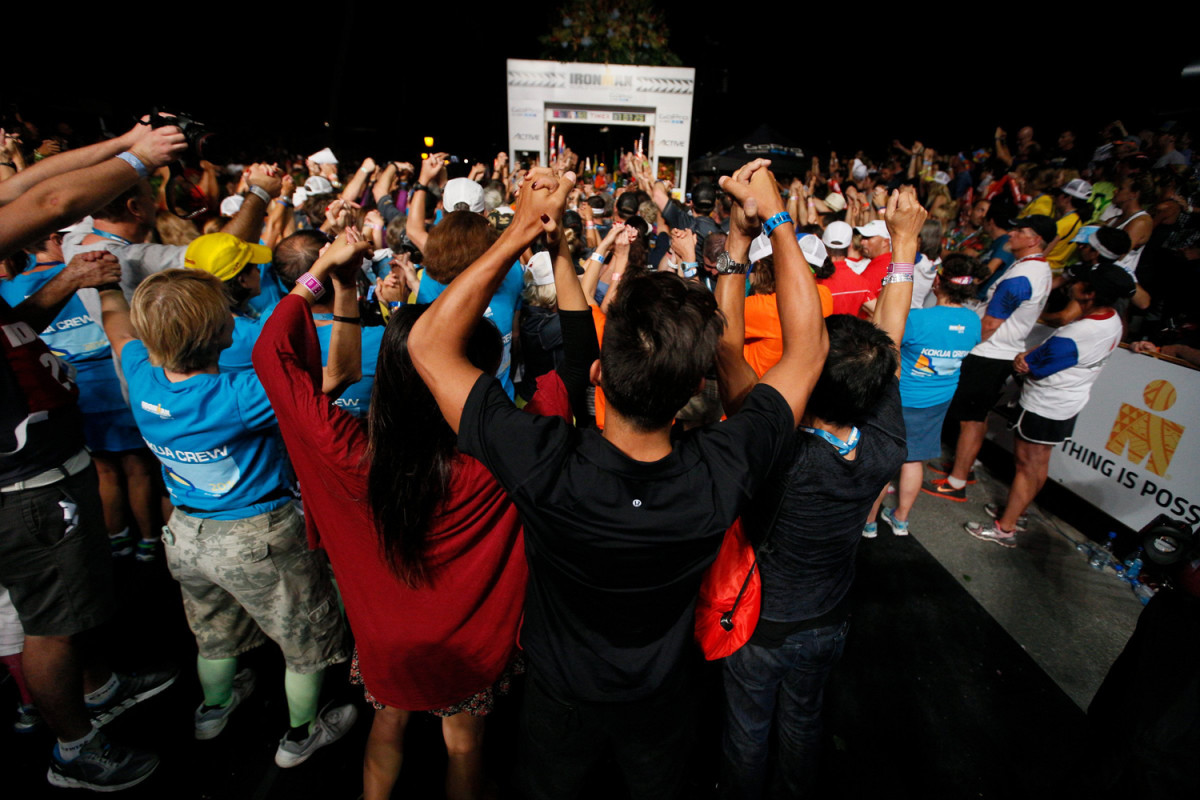
BD:What is your nutritional intake during the days before the race? Do you have a traditional meal the night before?
JF: I love some old school pasta—albeit gluten-free—and veggies, lots of olive oil and salt. Prior to the race, I focus on sleep and timing my coffee intake accordingly but that’s about it. Never change a winning combo.
DR: I eat quite normal until two days before the race—lots of fruits, vegetable, fish and meat with rice or bread. The last two days I reduce my fiber intake to empty the bowel, as you don’t need that extra weight on race day and it reduces the chances of stomach problems during the race. Two days before the race I normally have steak and pasta with one glass of wine—that’s good to relax the body and mind. The last two meals the day before the race are usually pasta and chicken.
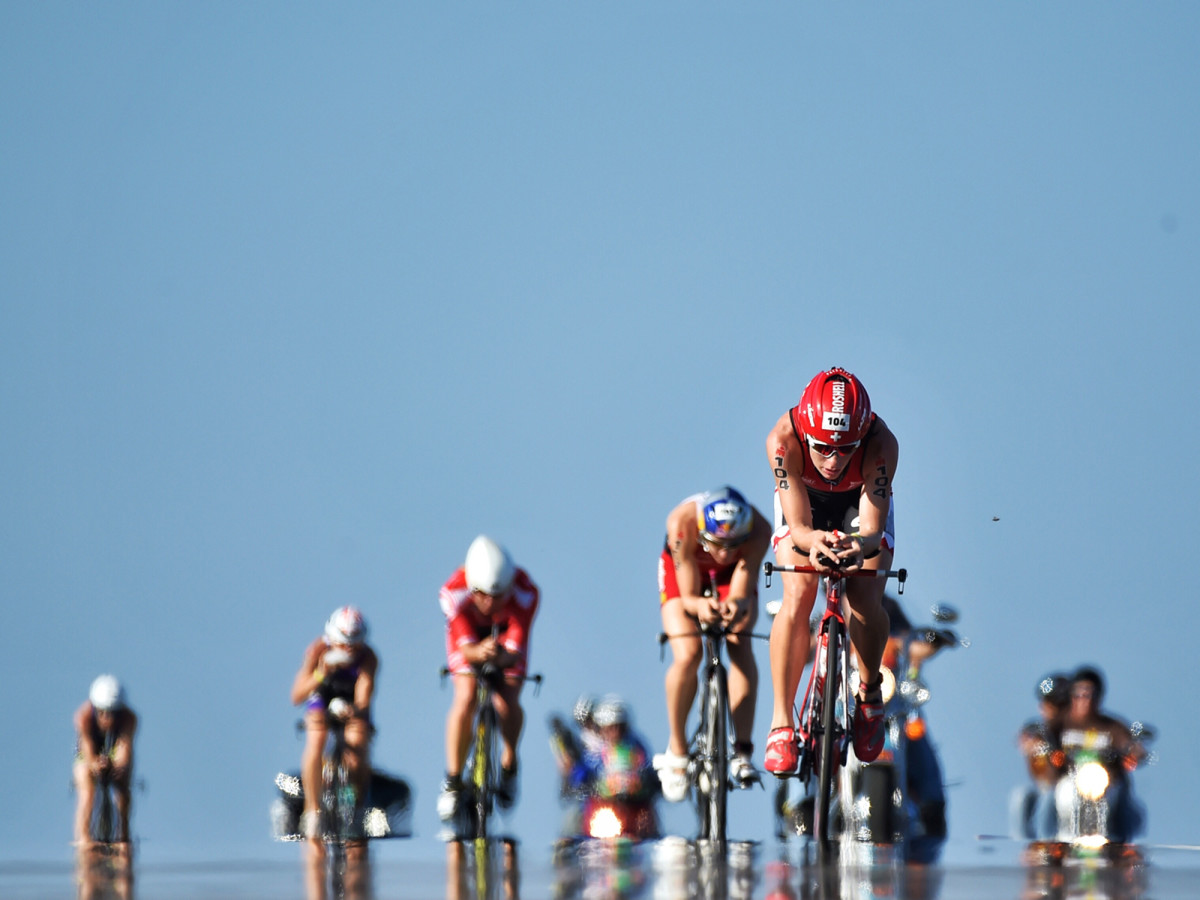
BD:What makes the physical demands in Kona different from other races?
JF: Kona is ridiculous. I like to compare it to being locked in a sauna. But really, all that is, is another stress on your body—similar to being at altitude, which is why times on this course are relatively slow.
DR: It can be very windy, which demands for a good position on the bike and strength in the legs. The course doesn’t have much variety. That means it can be hard for the mind to keep focused. The bike and run can feel very long, as it’s pretty much one road going straight ahead that you are riding on for five hours. This can be challenging to keep the mind focused and legs pushing.
BD:During the race, what you do to keep your body functioning at an optimal level?
JF: I pretty much take whatever I can get on the course and pray the volunteers haven’t put the drinks in the sun too long before, so that they cool me down a little. Other than that, I take extra salt tablets to prevent cramping.
DR: I have electrolyte drinks with carbs on the bike. In addition, I have gels and some special black Swiss chocolate, as it contains some caffeine. On the run, I have electrolyte drinks and gels.
Top 10 best places to live if you love outdoor and adventure sports
BD:What’s the craziest thing your body has been through during an Ironman race or the IWC?
JF: On my Ironman debut I got a cramp while getting off the bike, before I had even taken one step toward the marathon. It wasn’t pretty from there.
DR: Two years ago, I was coming out of the energy lab [and] had a hunger attack, followed by cramps 10 seconds later. I had to focus just on the moment and not think ahead, as I wasn’t sure if I would make it to the finish. I made it to the next aid station and filled up with some bars, gels and drinks.
BD:Let’s talk about mental health—140.6 miles can put a strain on the mind, as well as body. What techniques do you use to remain focused?
JF: Lots of practice and making sure I am totally mentally relaxed before the start. Over the years, I have worked with many mental coaches but in the end [I’ve] found that I can best coach myself on a daily basis, during sessions and calling about these positives when the going gets tough on race day.
DR: I break the distance down into little parts. Sometimes, I just focus on the next water station. Then, I focus on when I’m going to take the next gel. Also, it helps to focus on each pedal stroke and just take it step-by-step.
Figuring out fatigue: A tired brain can hinder performance as much as a tired muscle
BD:What’s your guilty pleasure?
JF: Croissants and cappuccino.
DR: Swiss Chocolate.
BD:What’s your favorite drink to celebrate with?
JF: Immediately after a race, a nice, cold beer.
DR: Red Bull.
